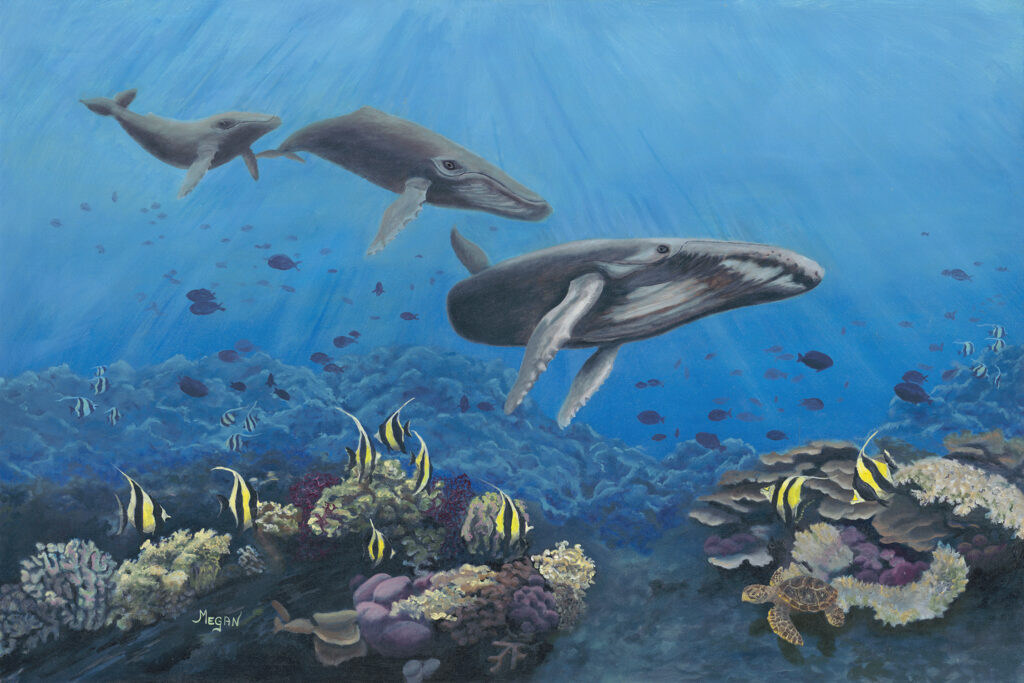
I found some time to paint early in the week, and have a couple of tips I would like to share.
1. When you are painting something and have to match your colors in different places, use separate brushes for each color you are using. That way you don’t have to keep cleaning out your brush before dipping it into another color.
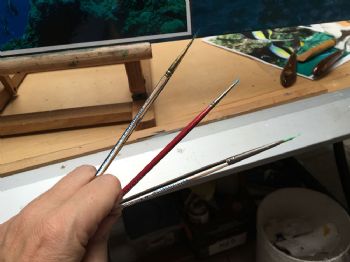
This speeds up the painting time.
2. Most artists start with a white palette to mix paints on. I tried something different. Since I was looking for specific colors to make my fish fit into the background of the painting, I printed out a copy of the picture I was using for the images and put it behind my palette. By the way, I always use a piece of glass for my palette, that way I can just scrape it clean with a razorblade. I’ve also seen some artists use a neutral color for their palette as a way to better visualize color relativity.
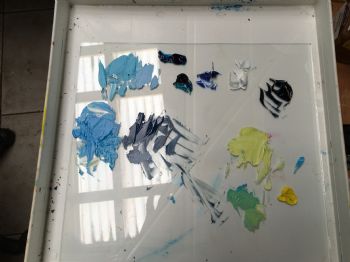
Palette with a white background
If you look at the white palette, that blue color is an attempt at what would be “white” under water and a longer way away. When you look at the same color on top of the photograph, it is almost a perfect match for “white”! For the record, white, is almost never white. In fact, all colors are relative to the colors they are beside.
Finally, here’s a picture of some of the fish I painted: As crazy as it seems, they may still be too bright. I’ll have to wait until I add more to make that determination.
The sample fish I showed above are on the right hand side of the painting. Since the background of the painting is lighter than the photo, I kept the fish the color they were. At the top of this post is the finished painting. I love the movement through this painting. As soon as I sketched out the whales’ placement, I knew that this painting would work well.
That doesn’t mean that it wasn’t a challenging process. I started this painting and then left it to work on another one while I worked out how to create depth in this painting. The foreground required thicker paint, sharper edges and richer colors. In this case, it was important to paint in such a way that the foreground was dominant while the background was recessive. The background has images with softer or lost edges, dimmer colors, and vague shapes. The better you paint the important parts of the painting and purposely weaken the unimportant parts, the stronger your painting will be, if you strive for realism. How you structure your items also determines the path the eye travels through the painting. If everything is sharp and bright, the eye doesn’t know what to look at, there’s no place for it to rest, and there’s no path for it to follow.
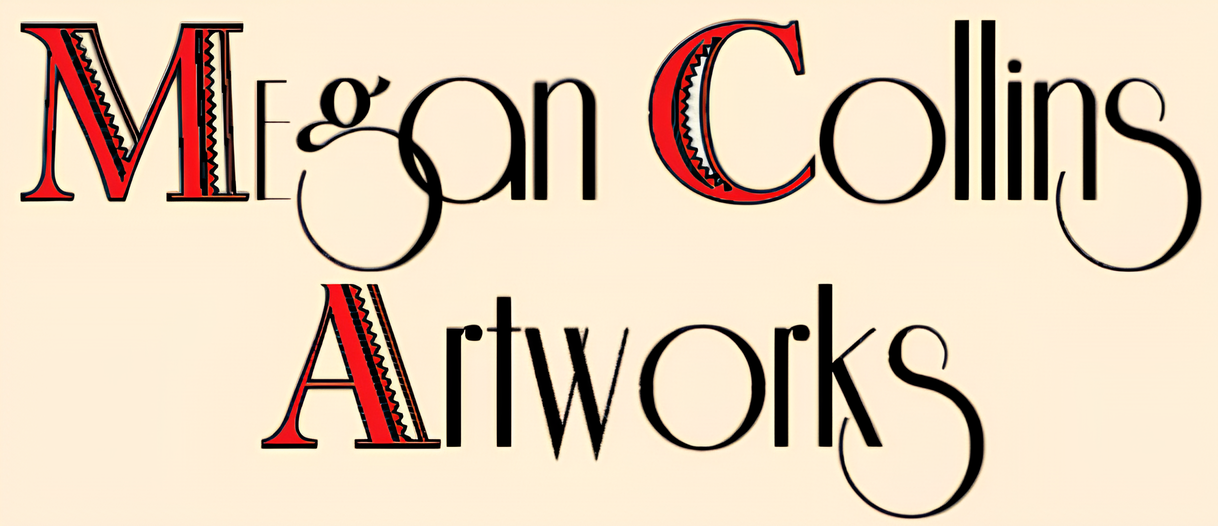
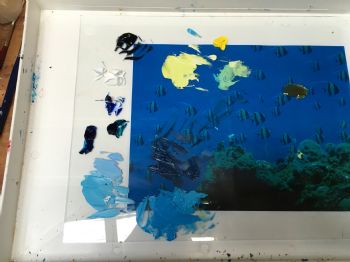

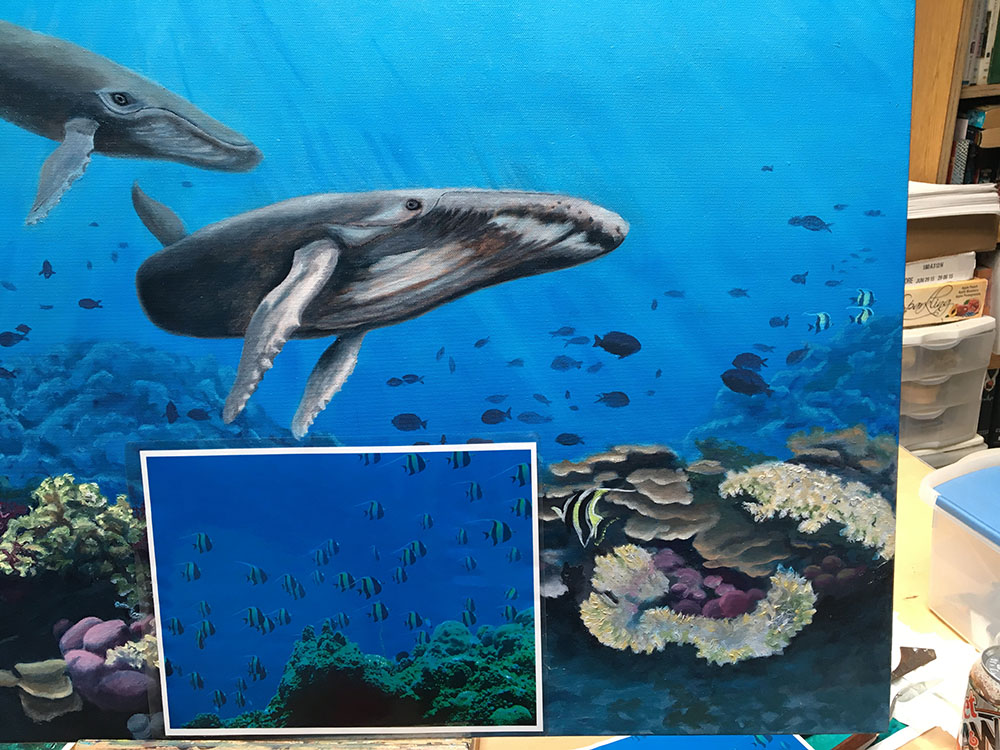
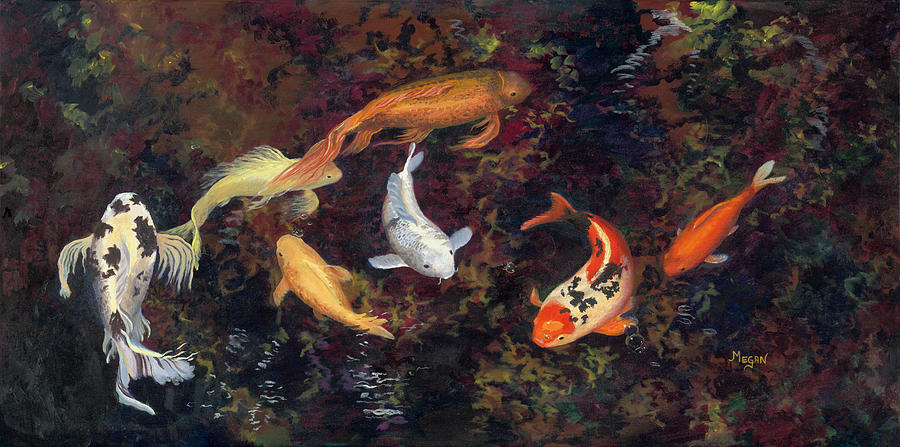

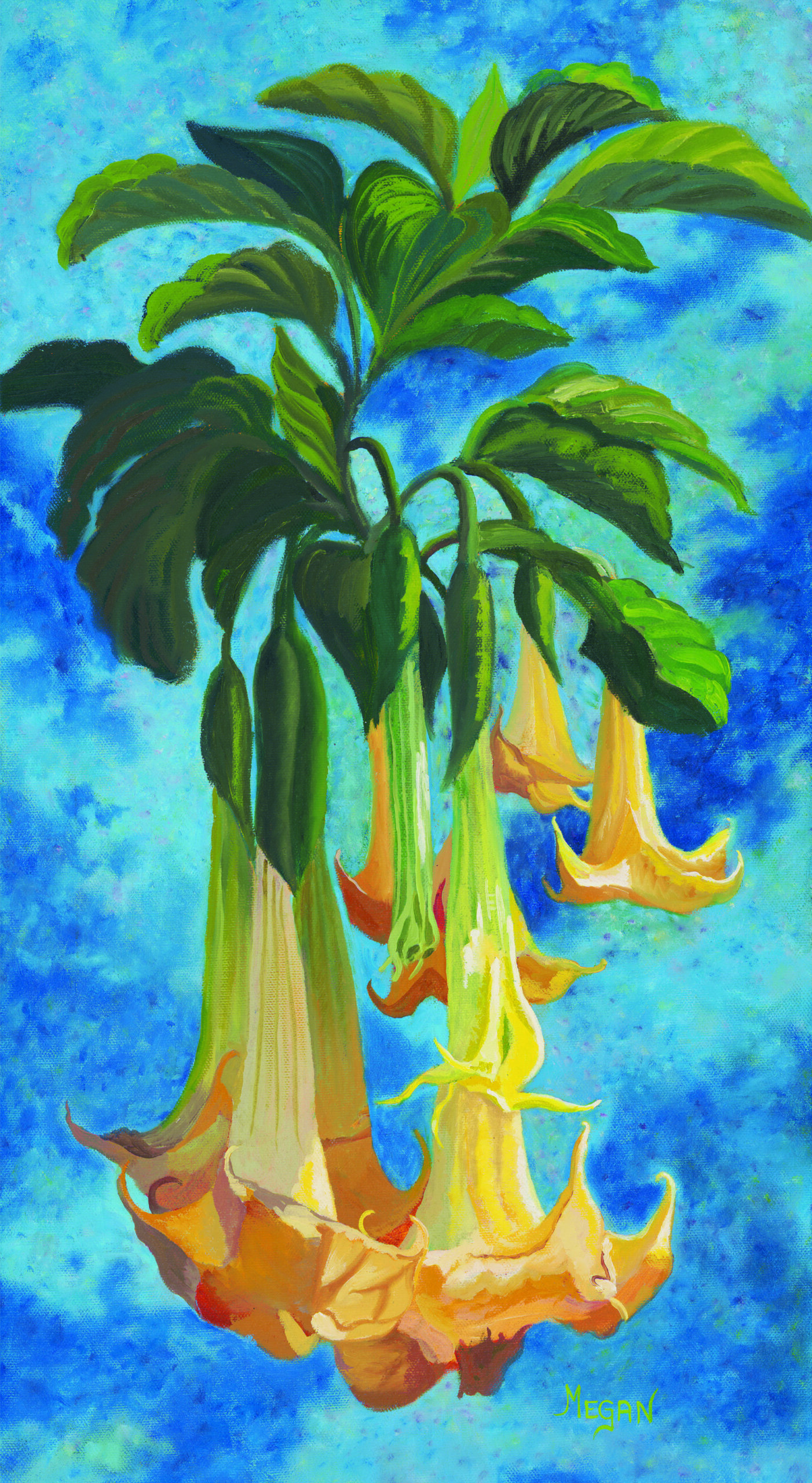
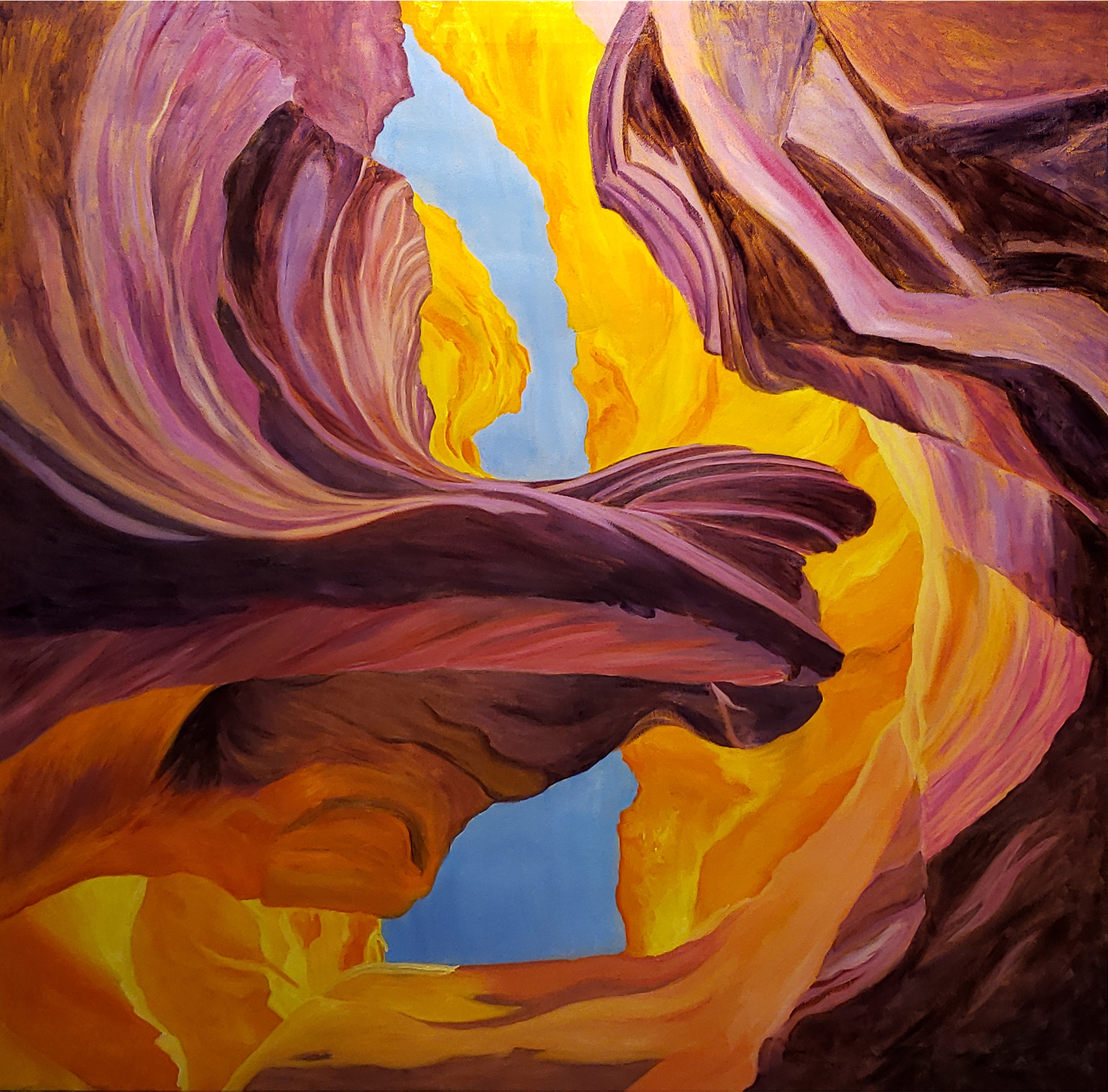

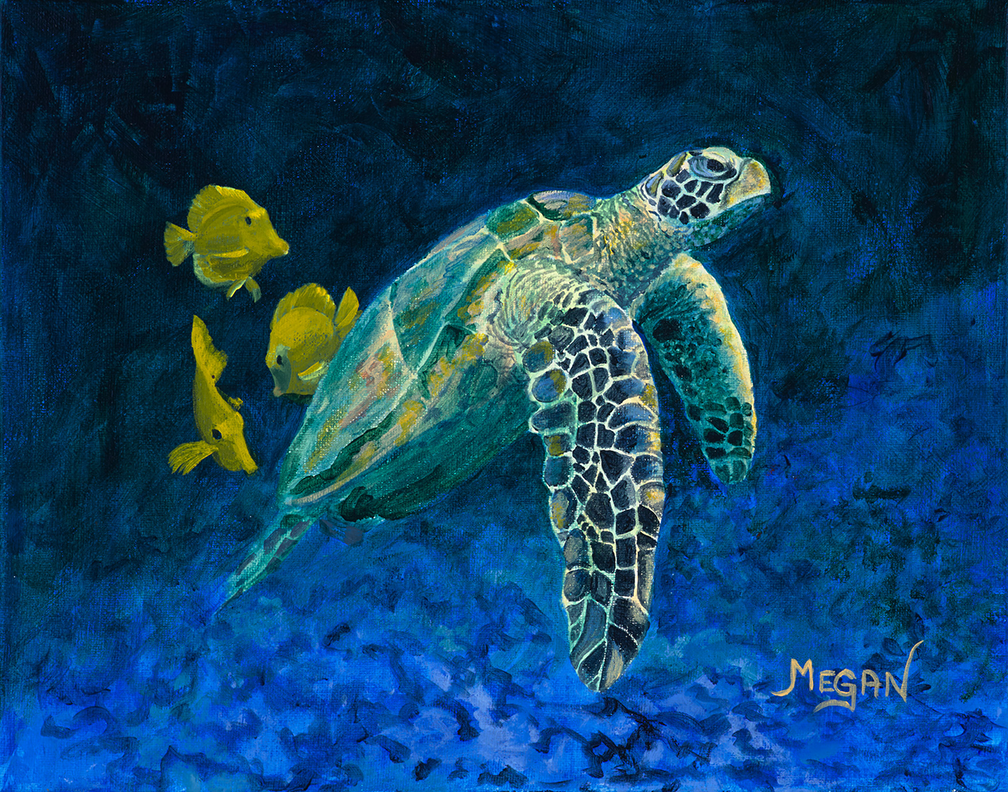
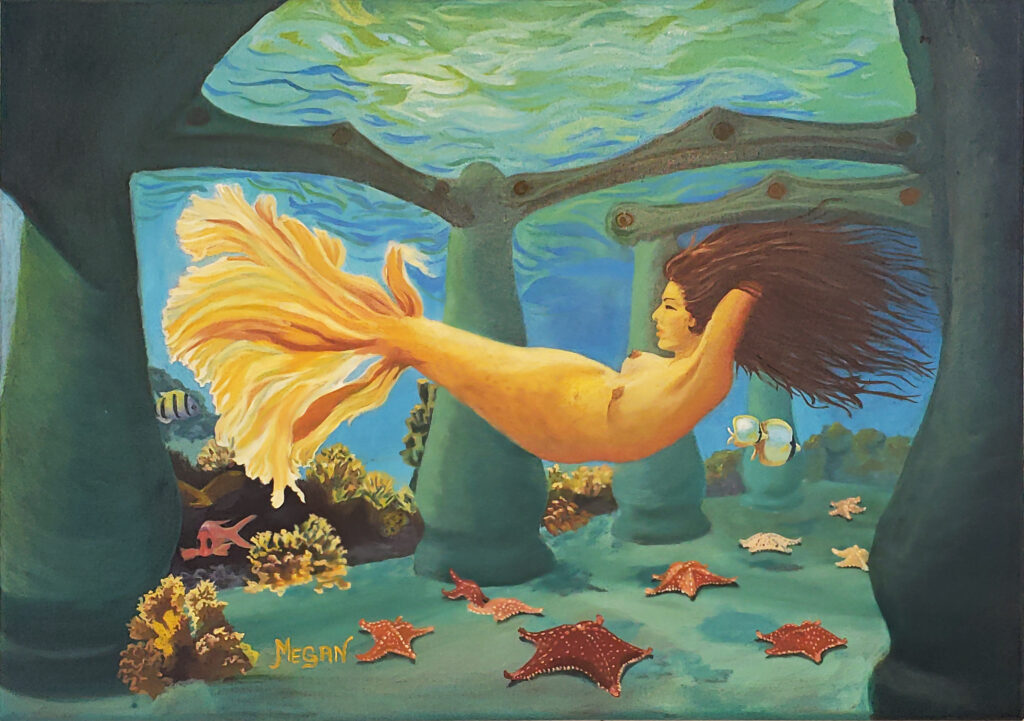
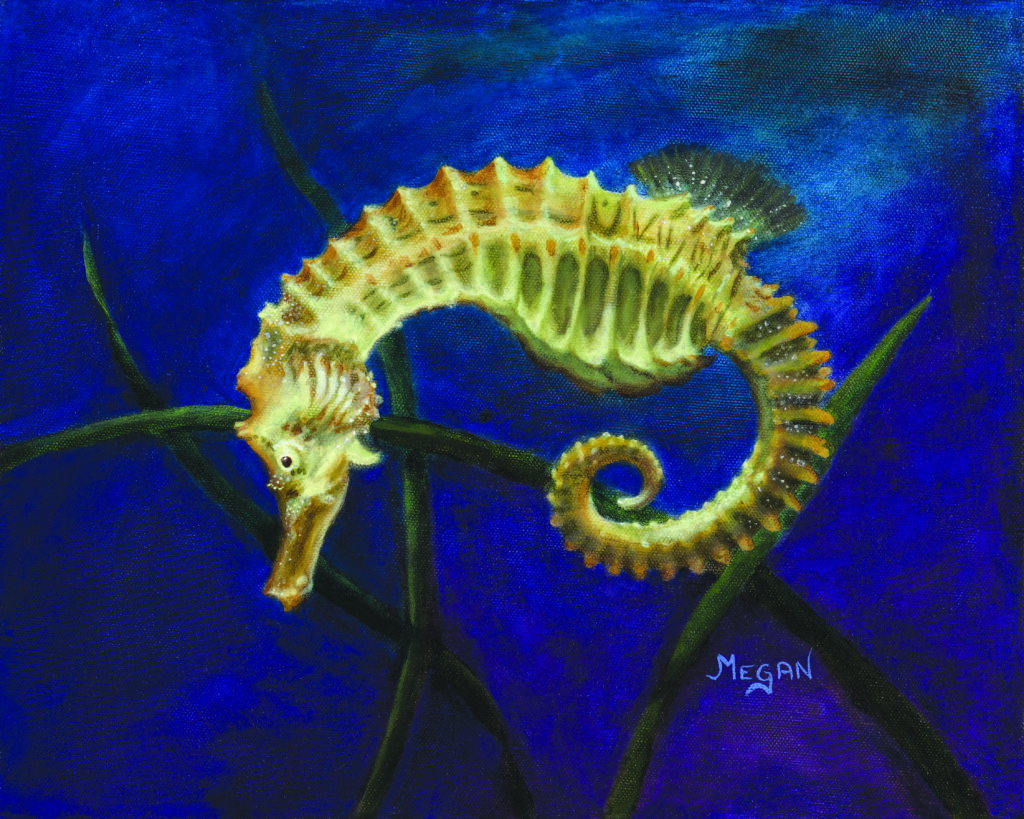
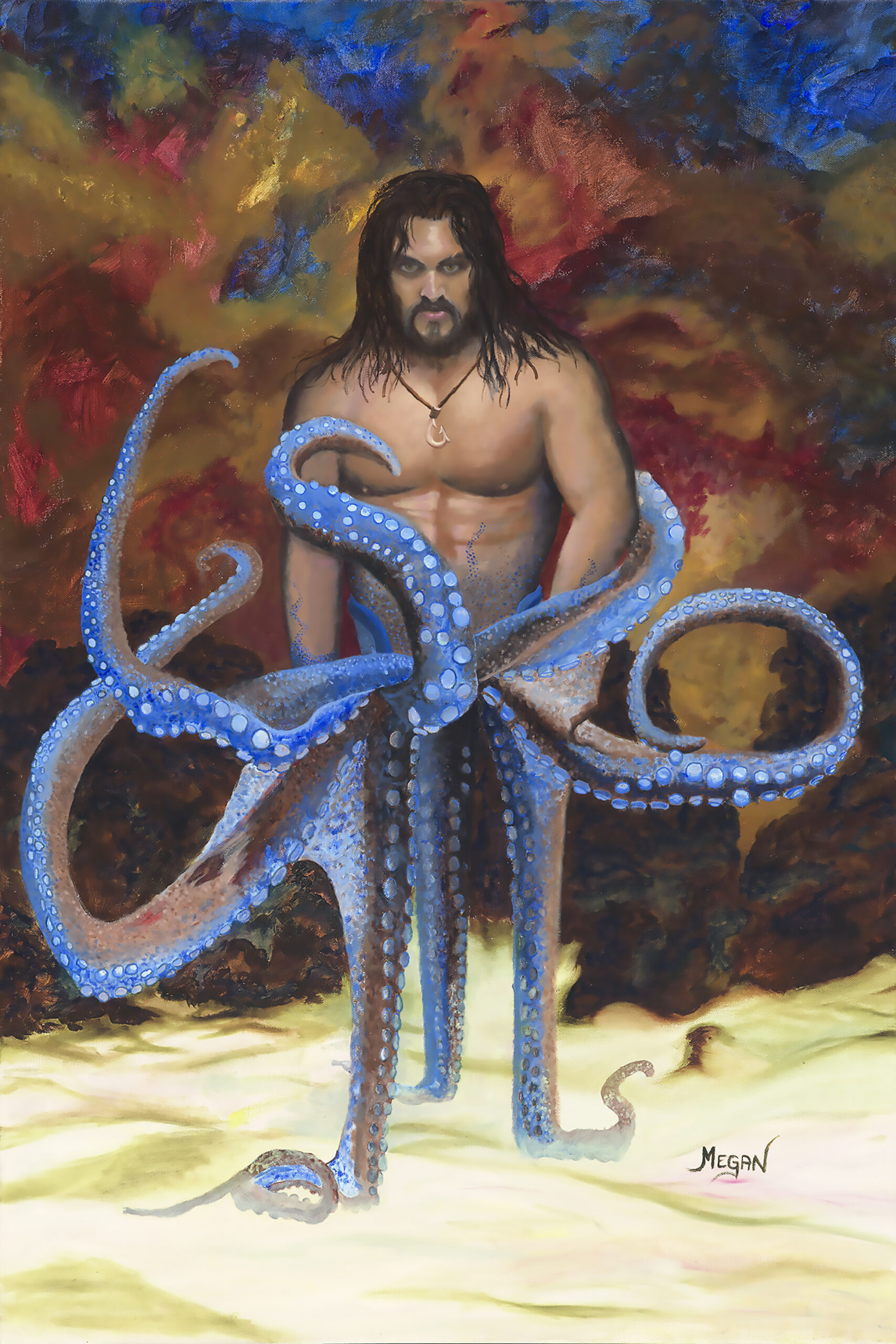
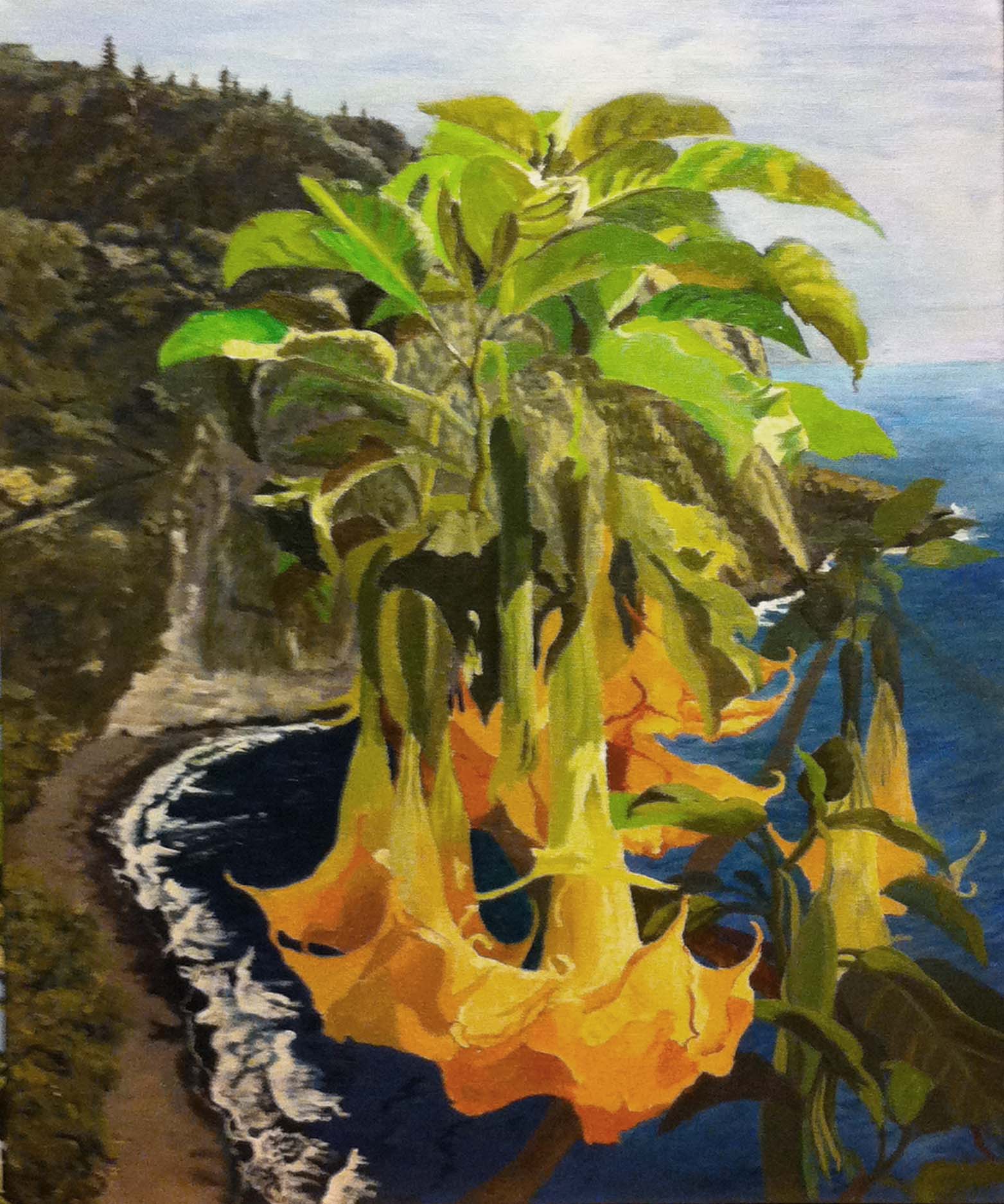
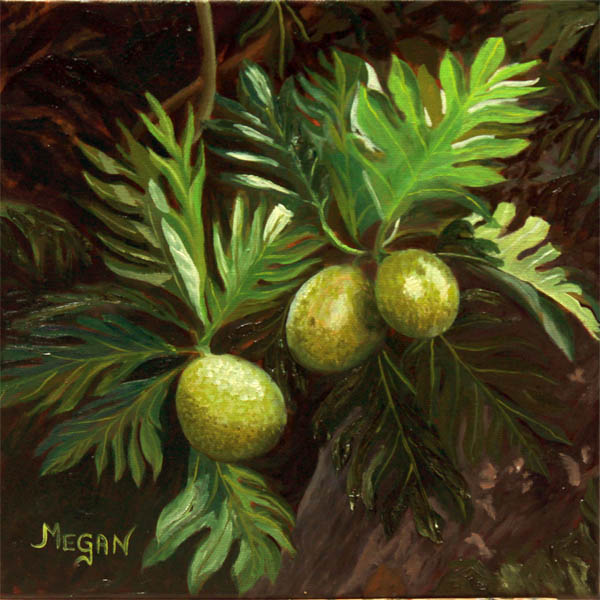
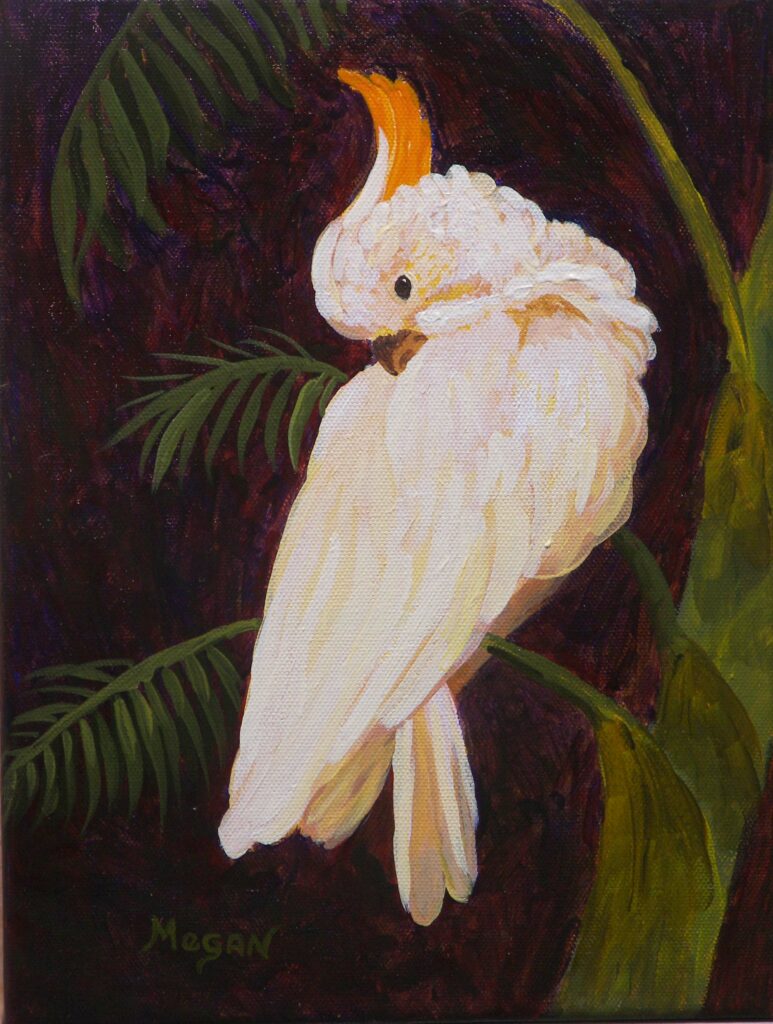
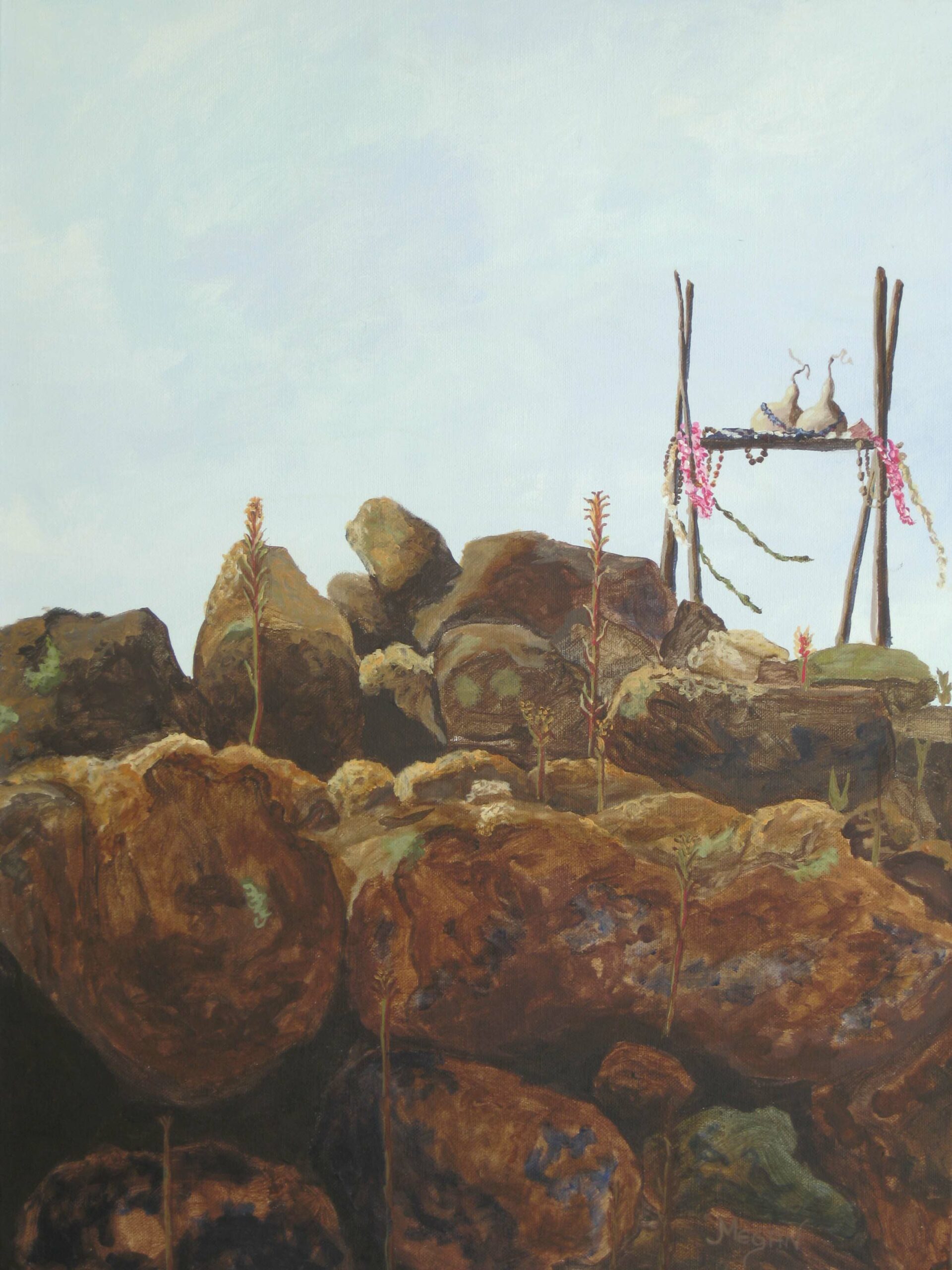
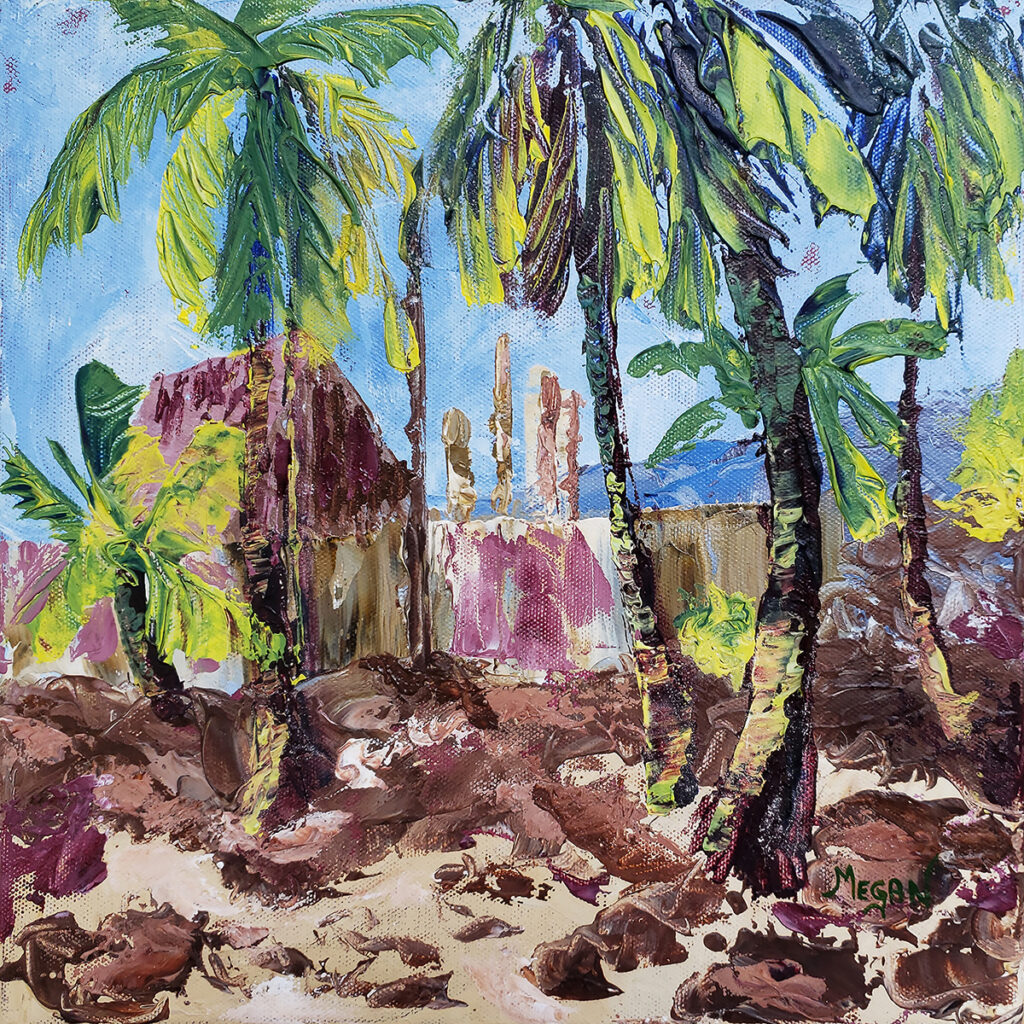
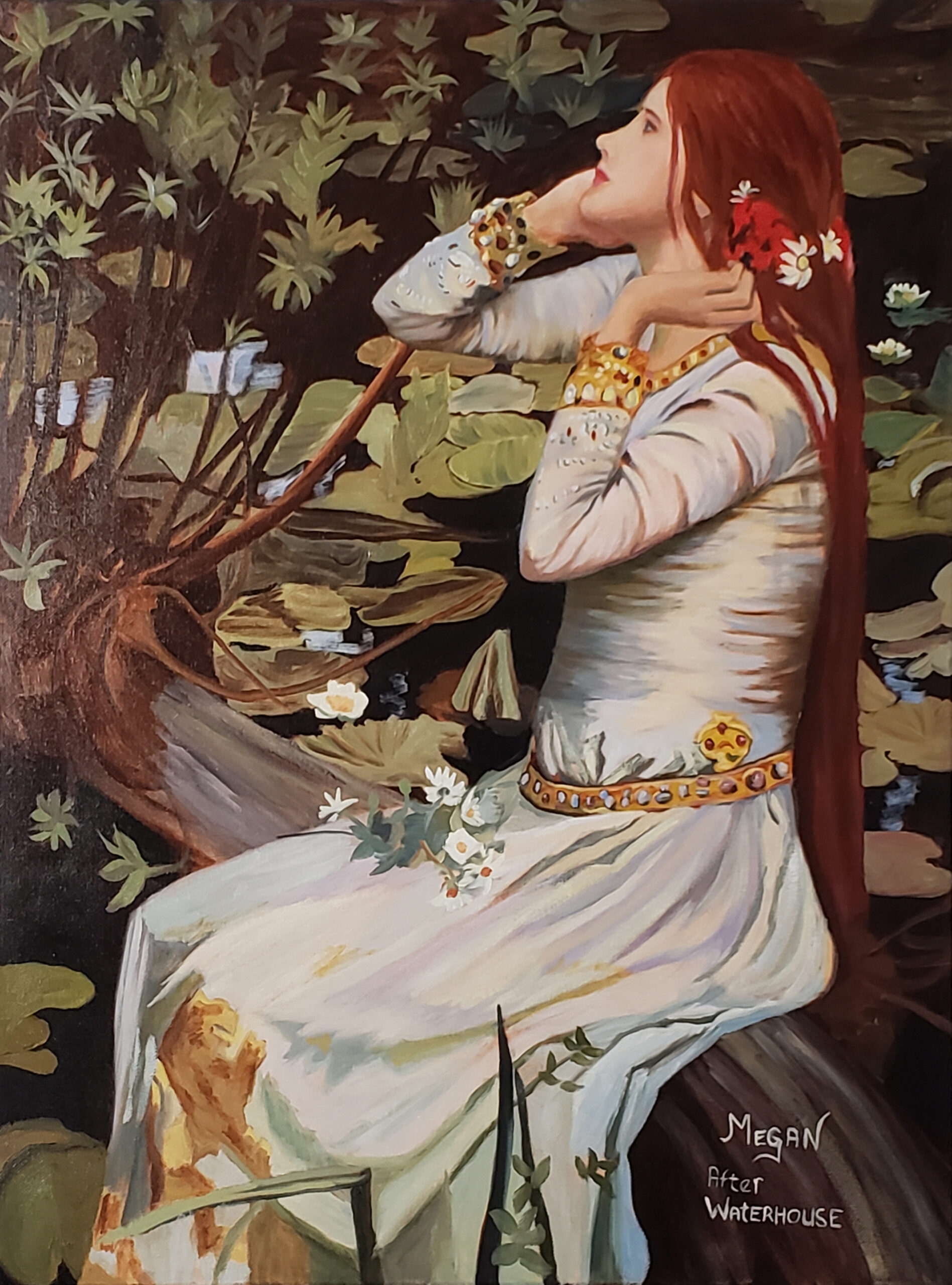


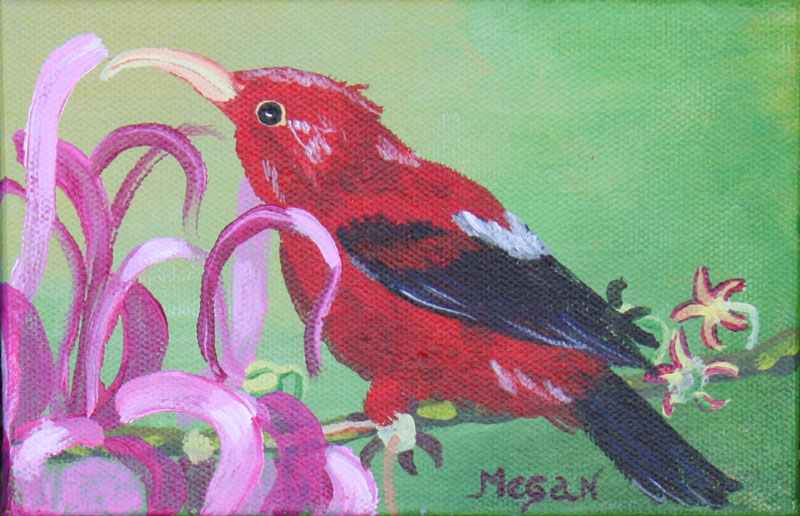
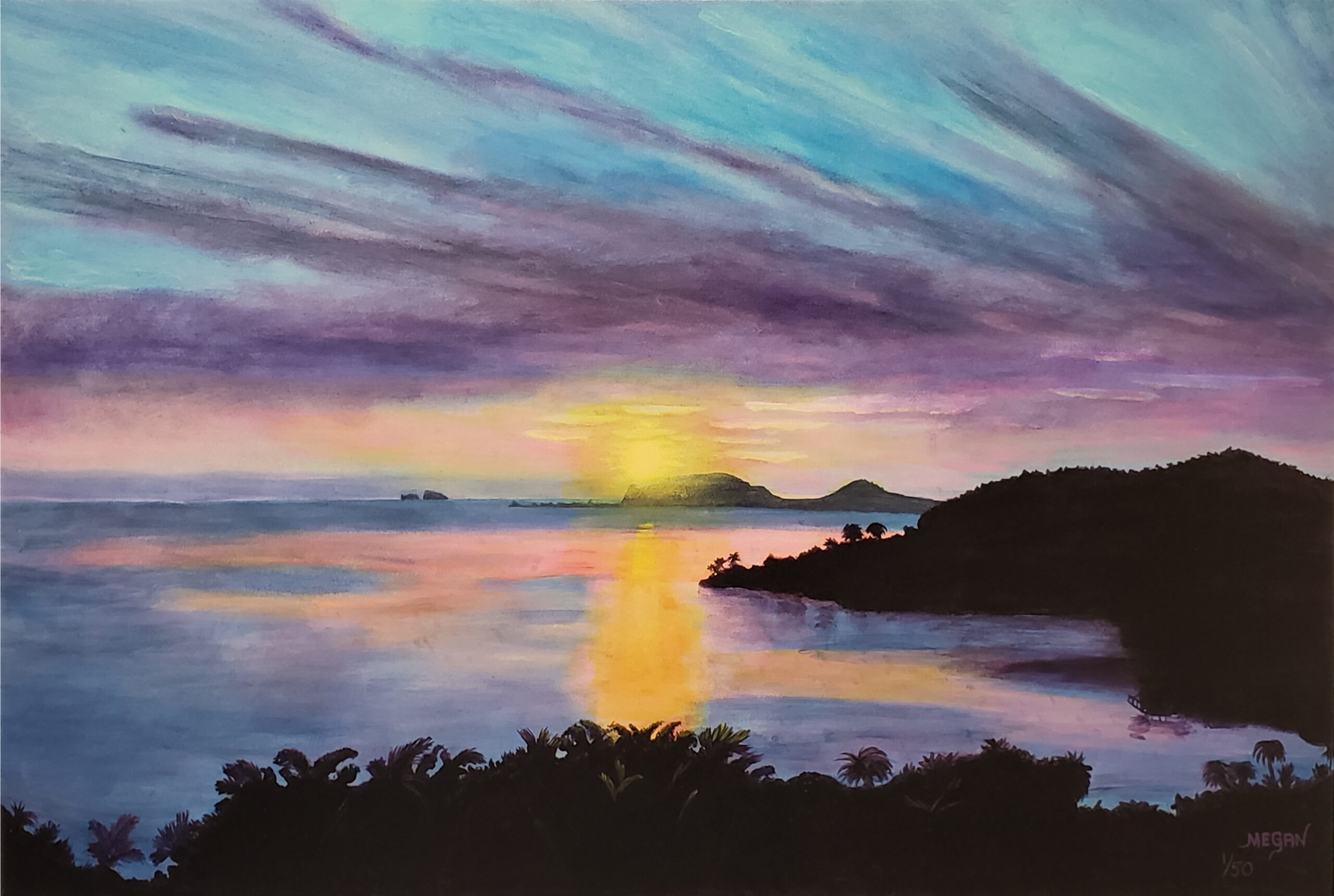
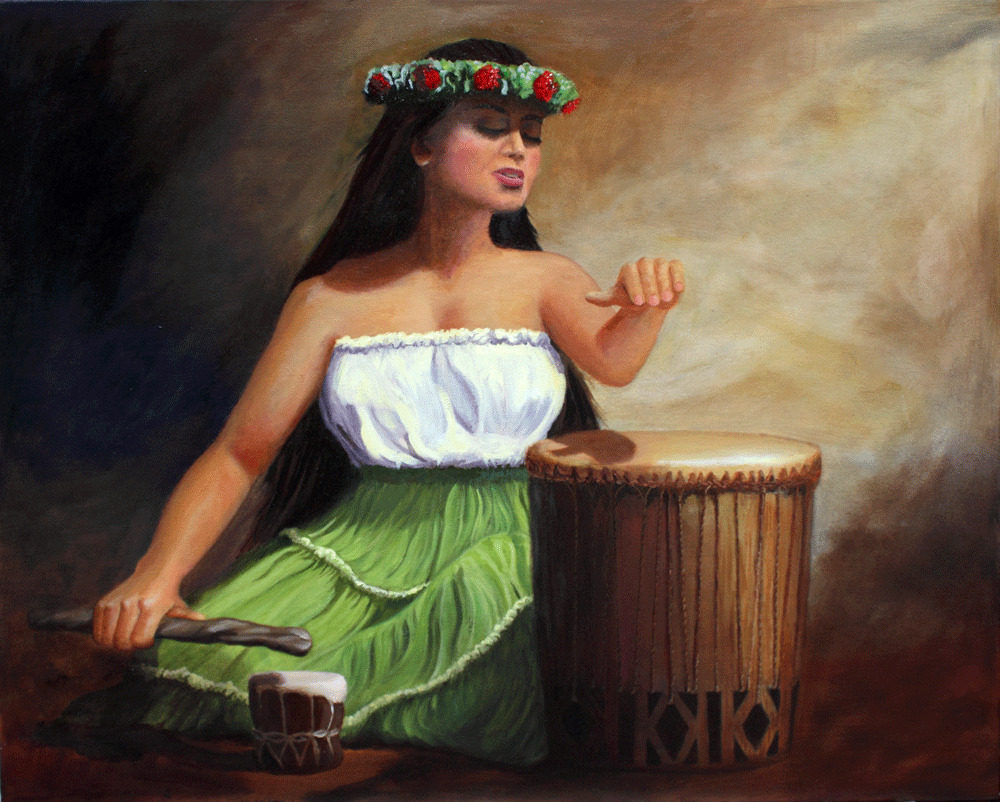
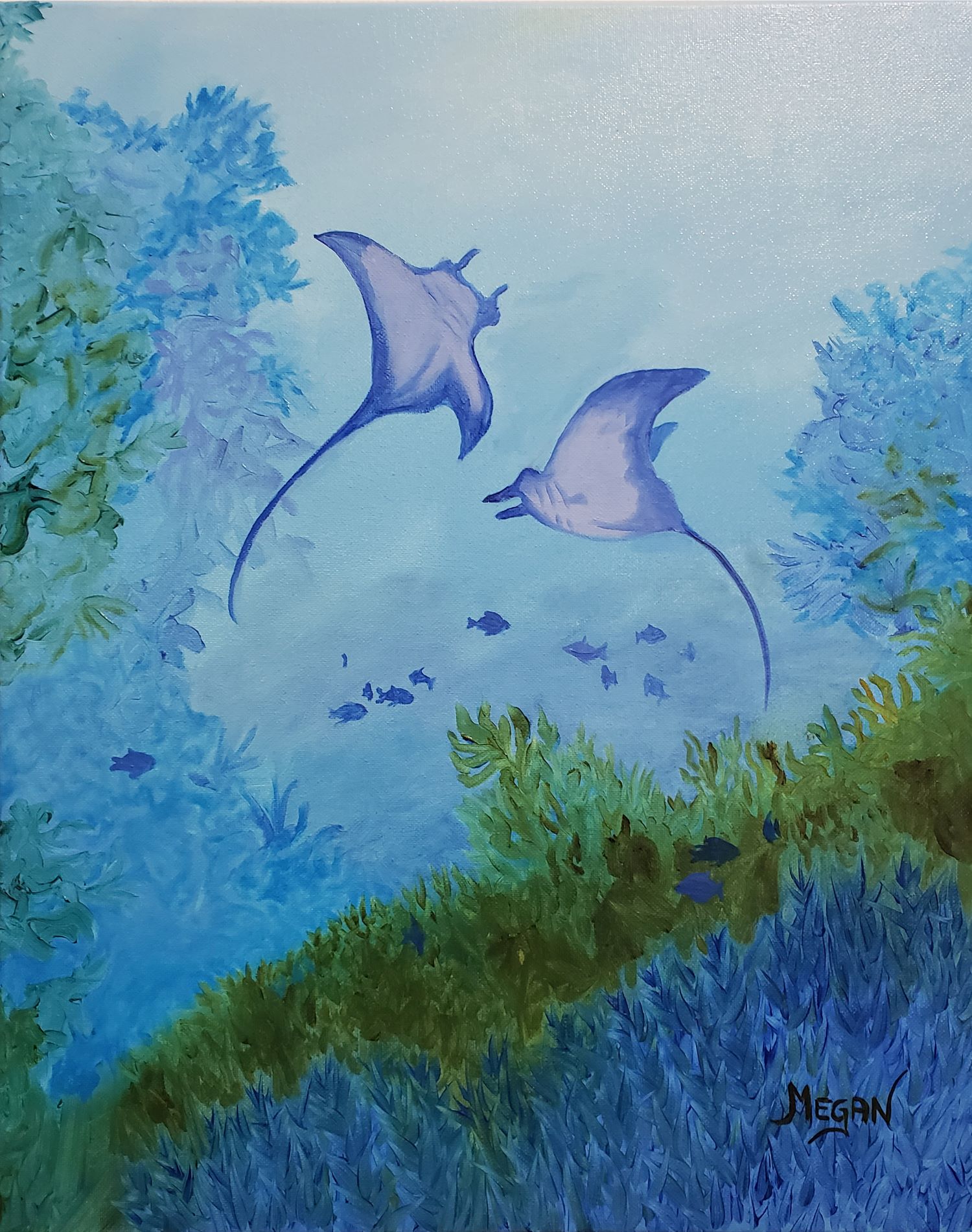
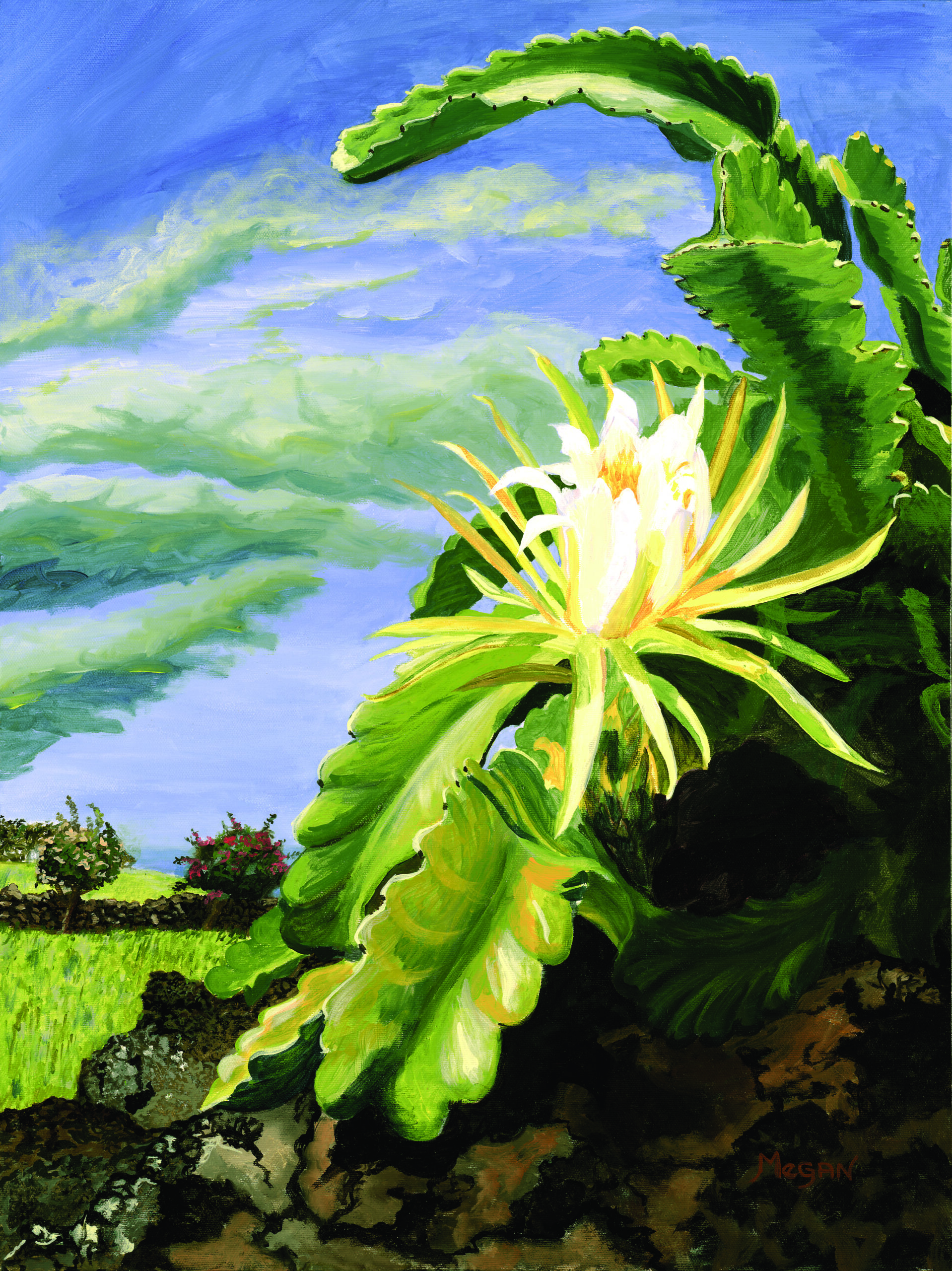
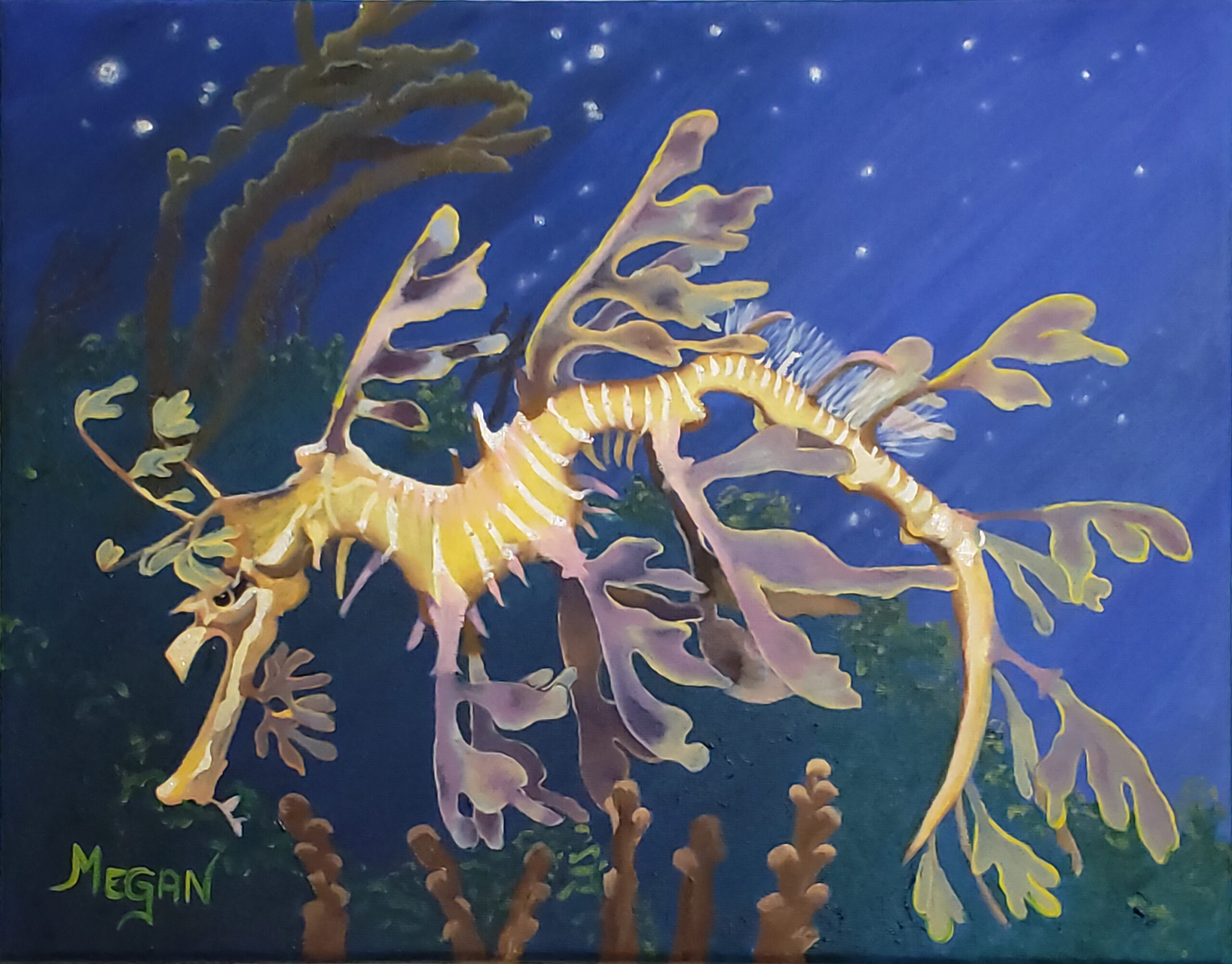
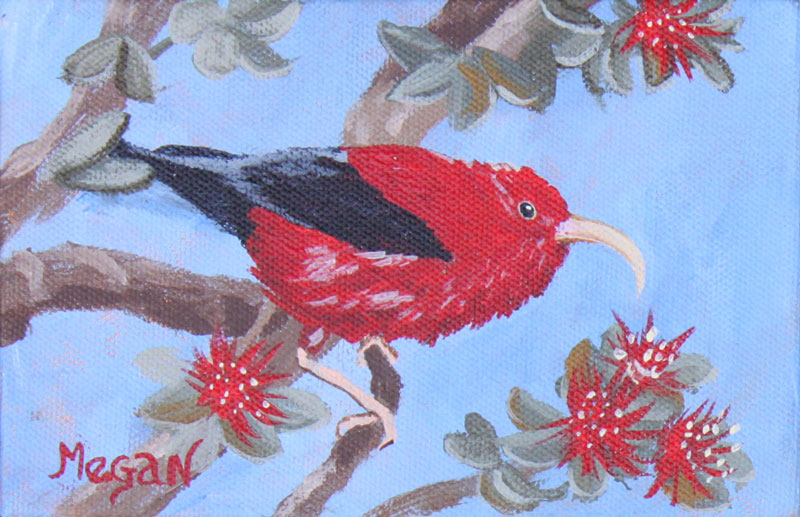
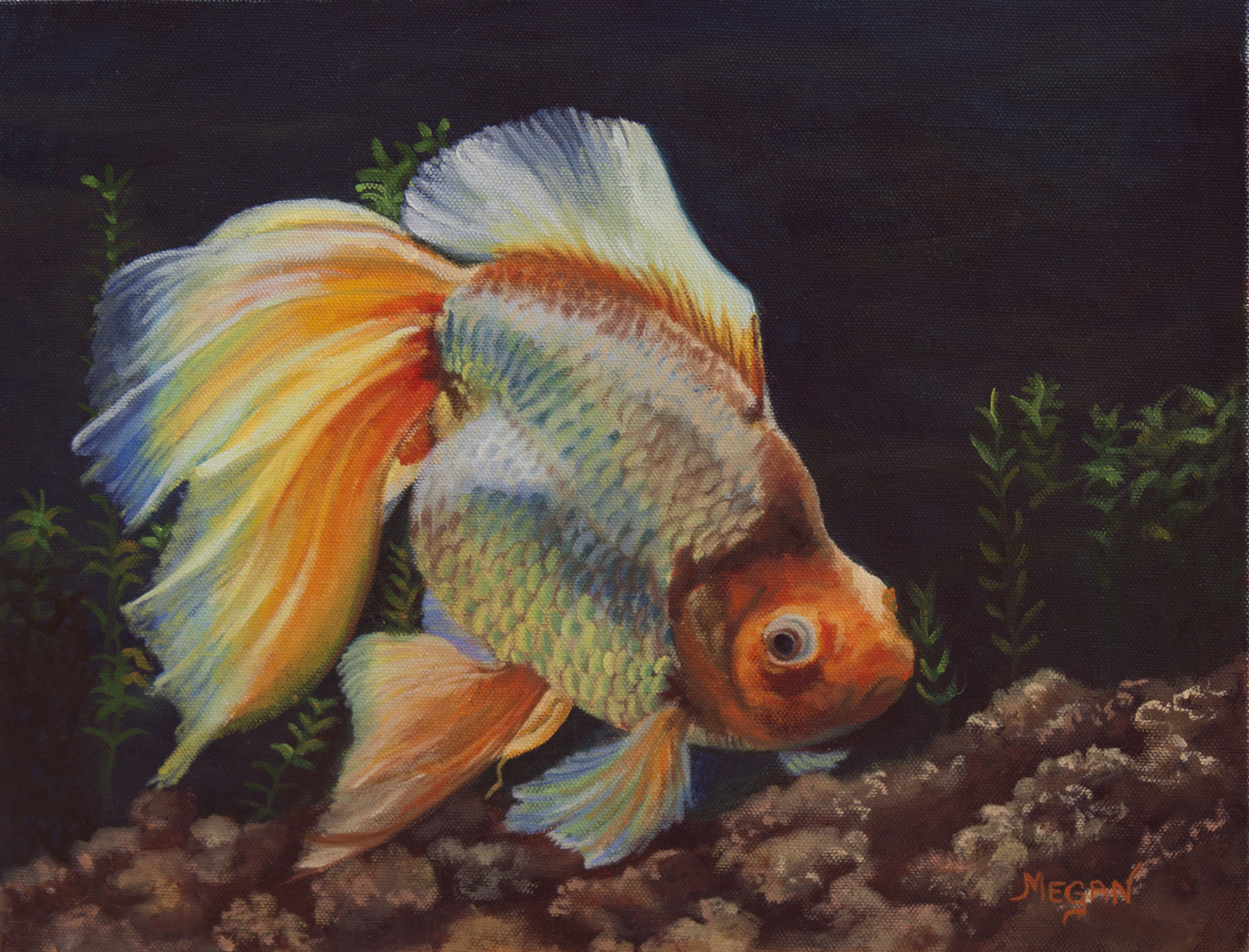
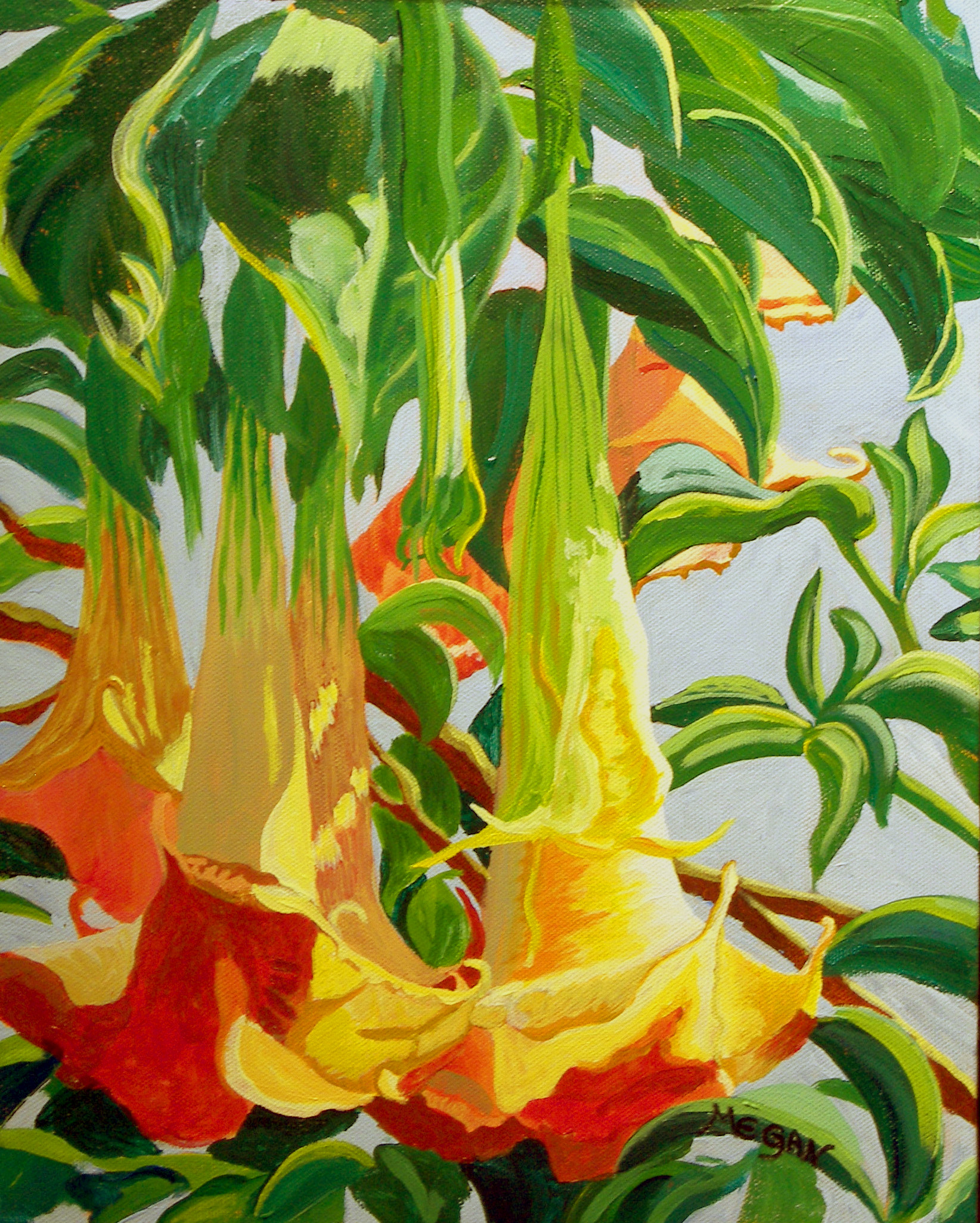
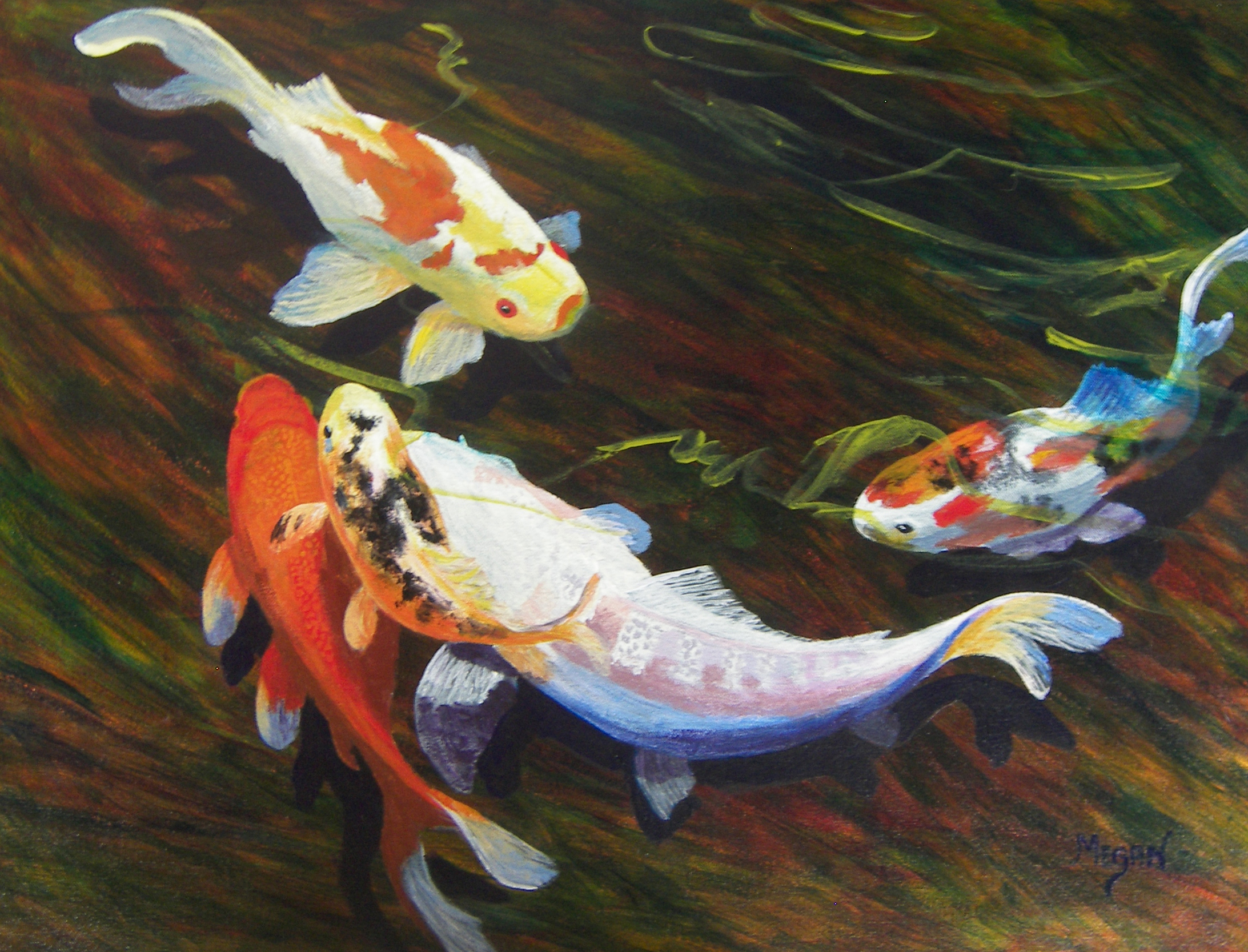
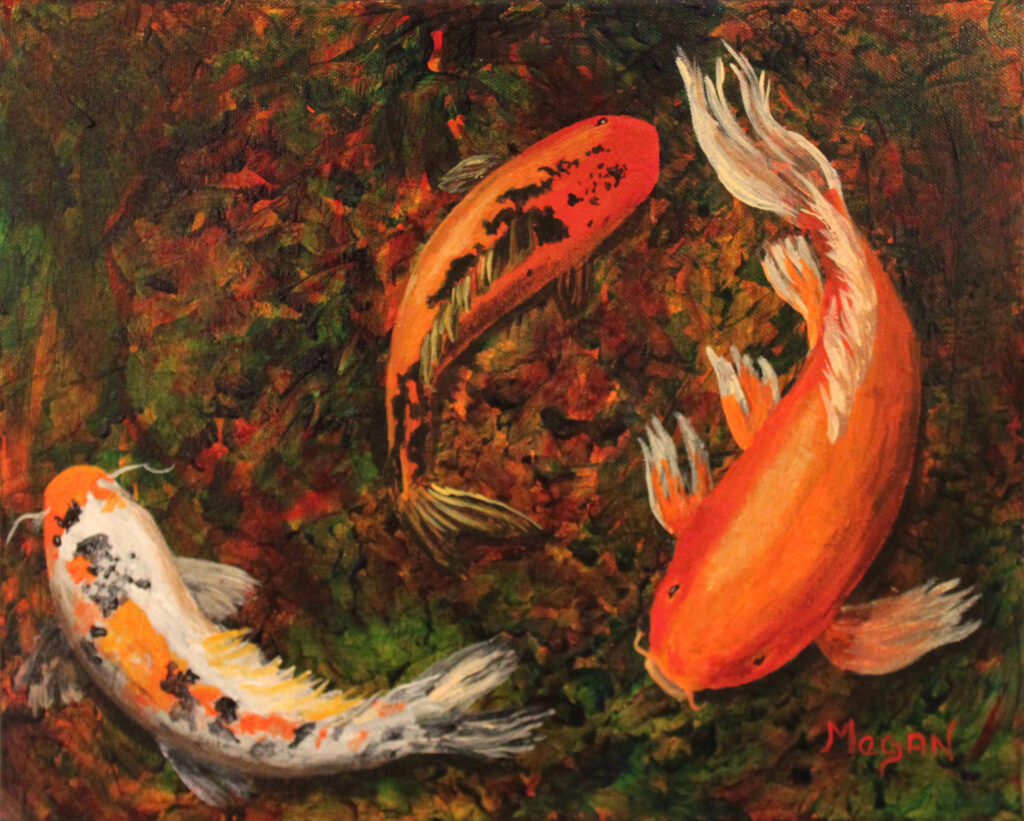
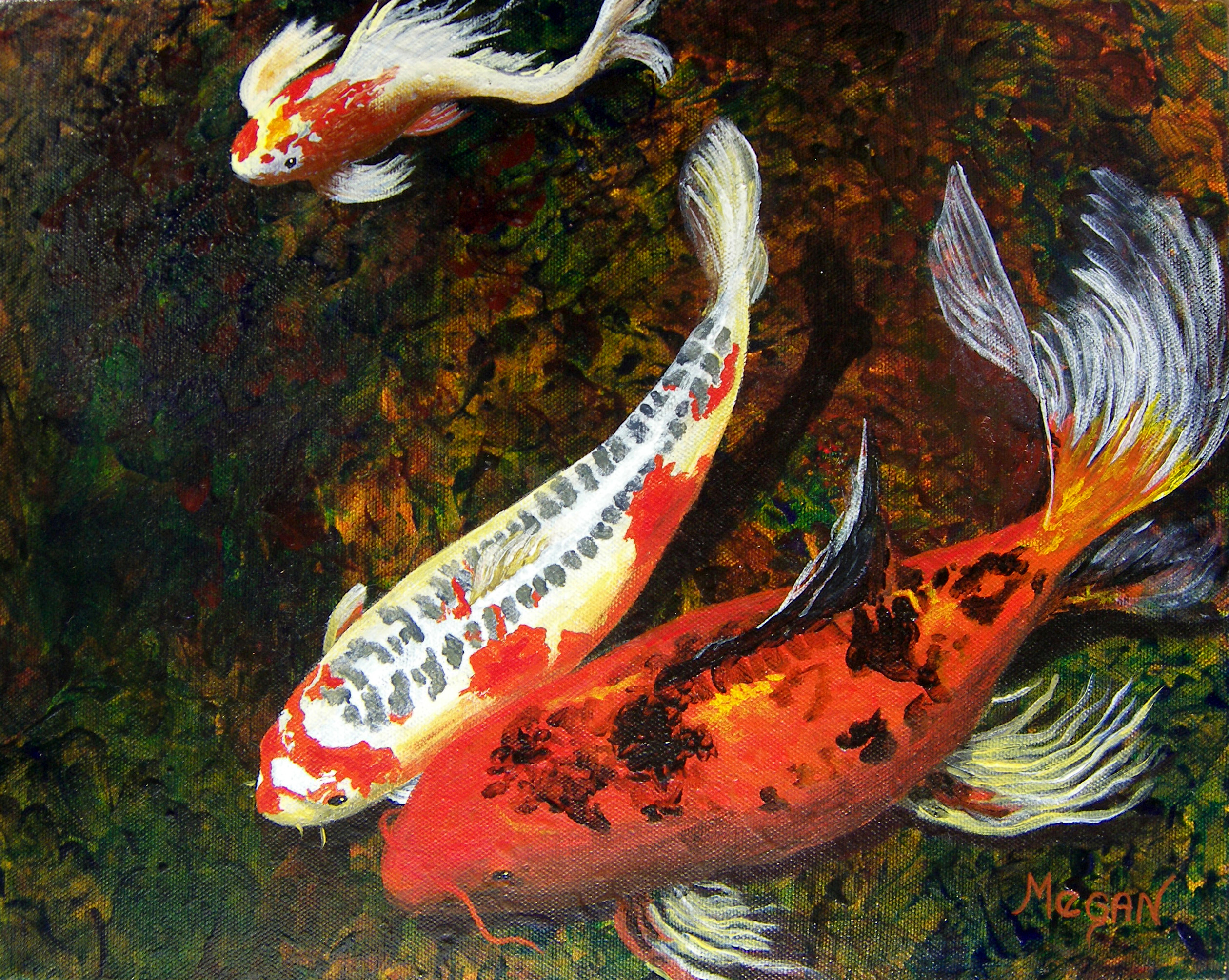
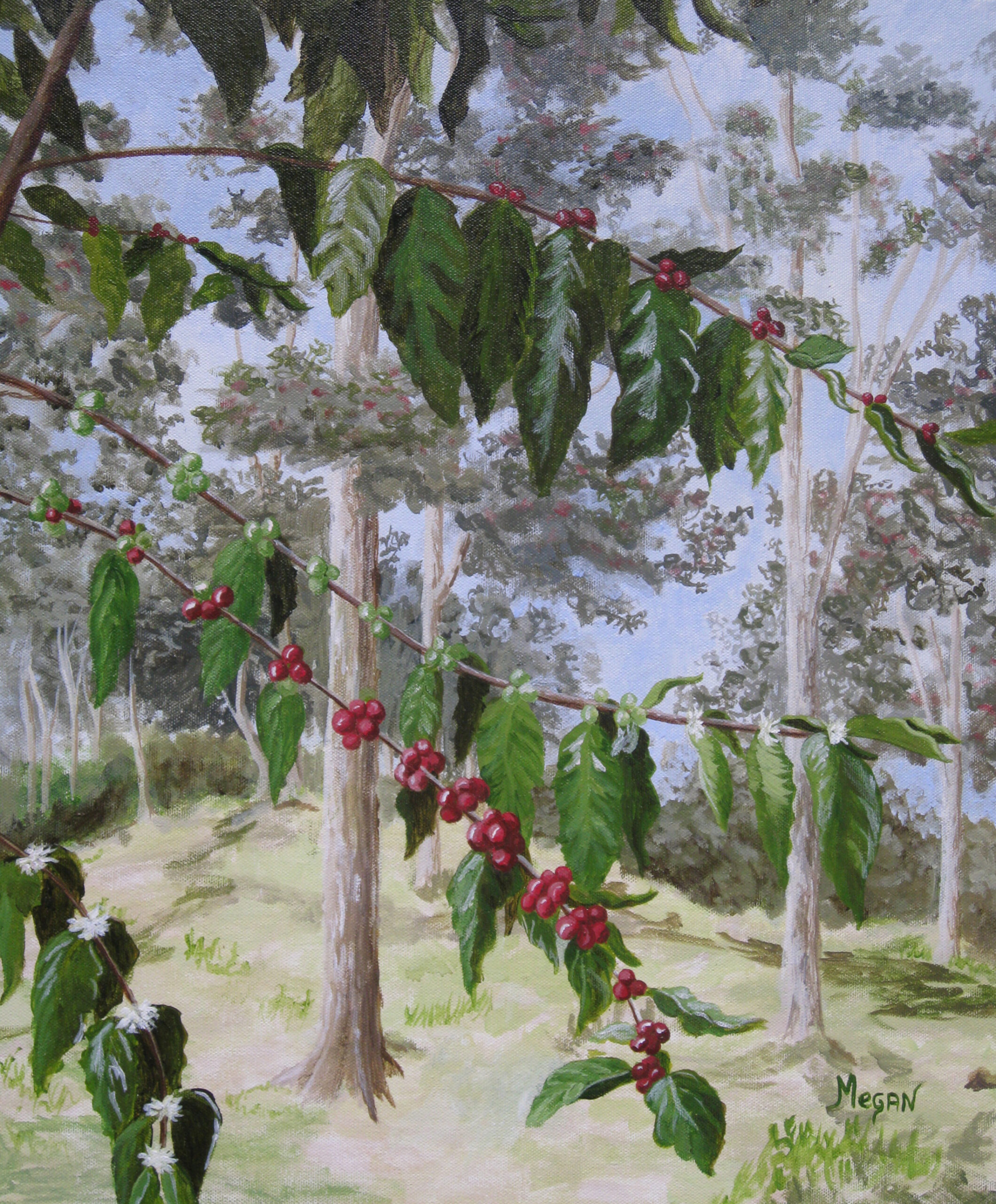
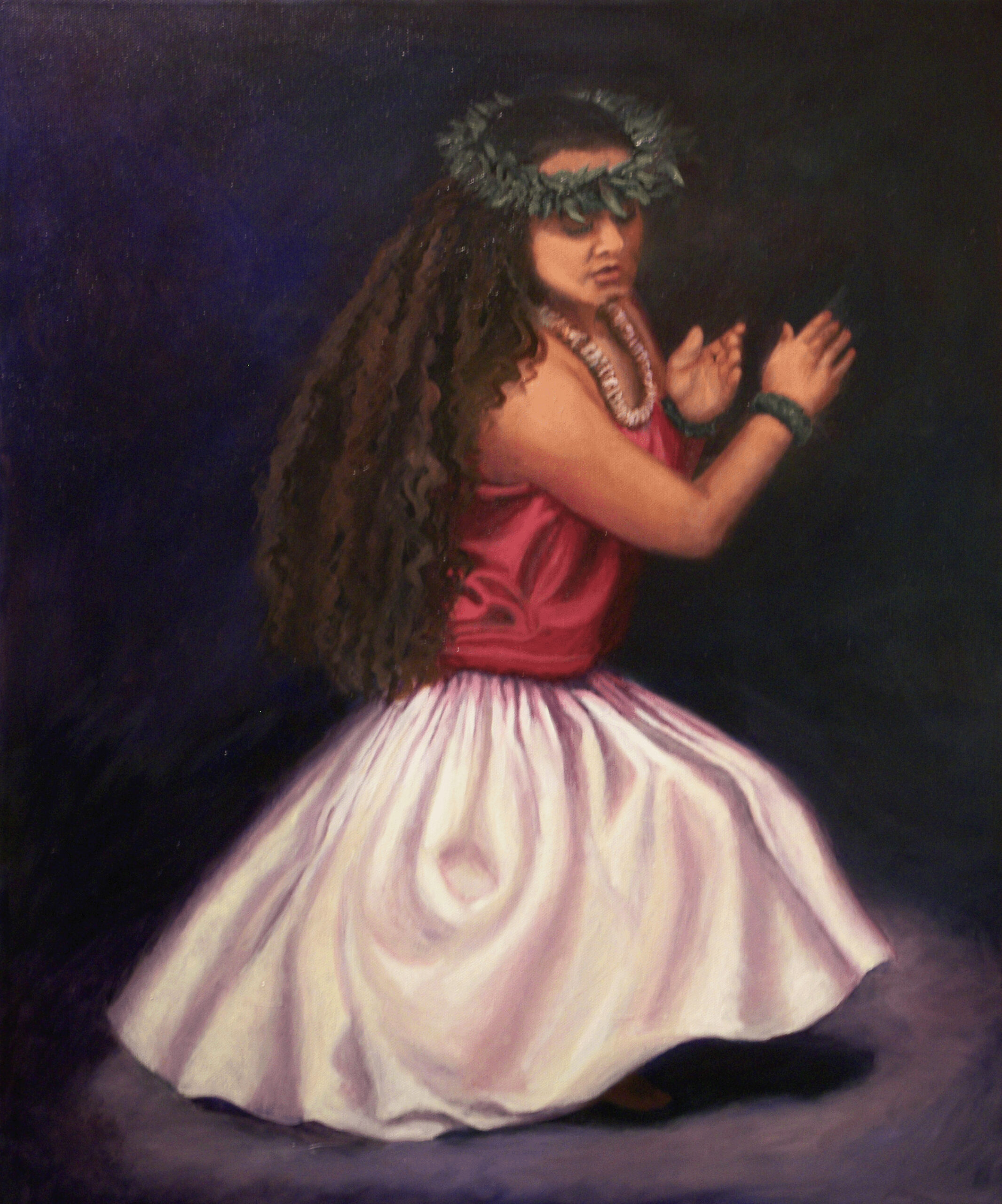
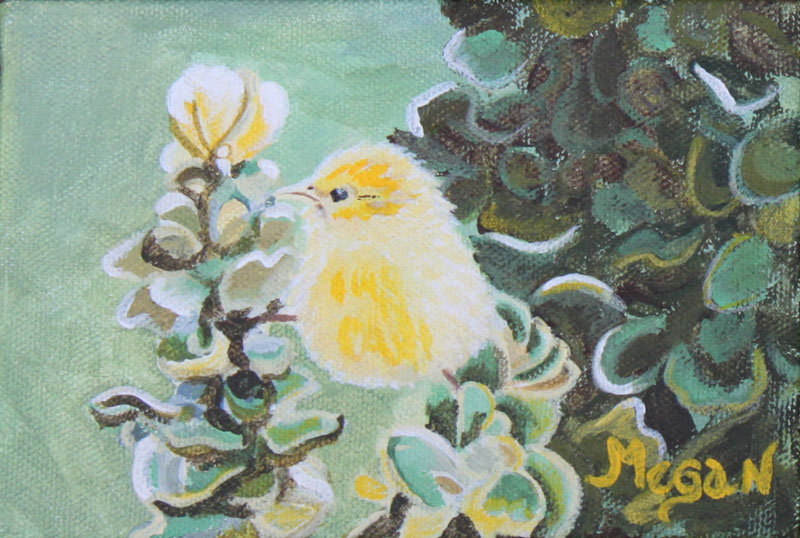
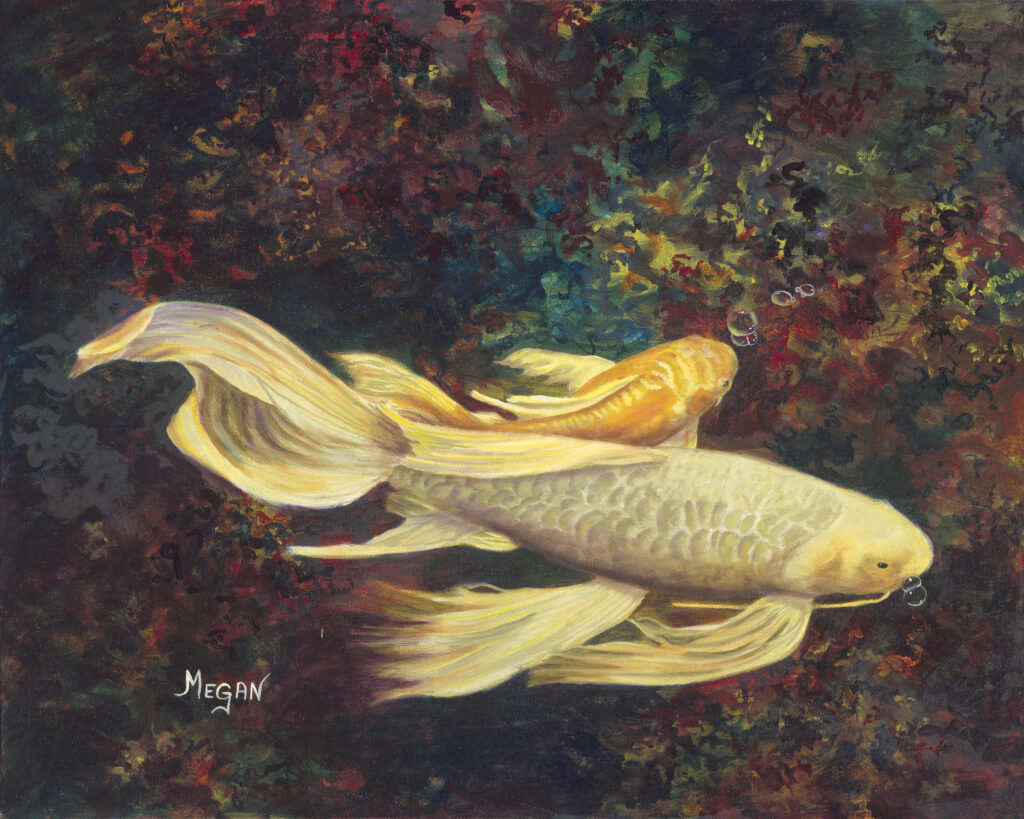
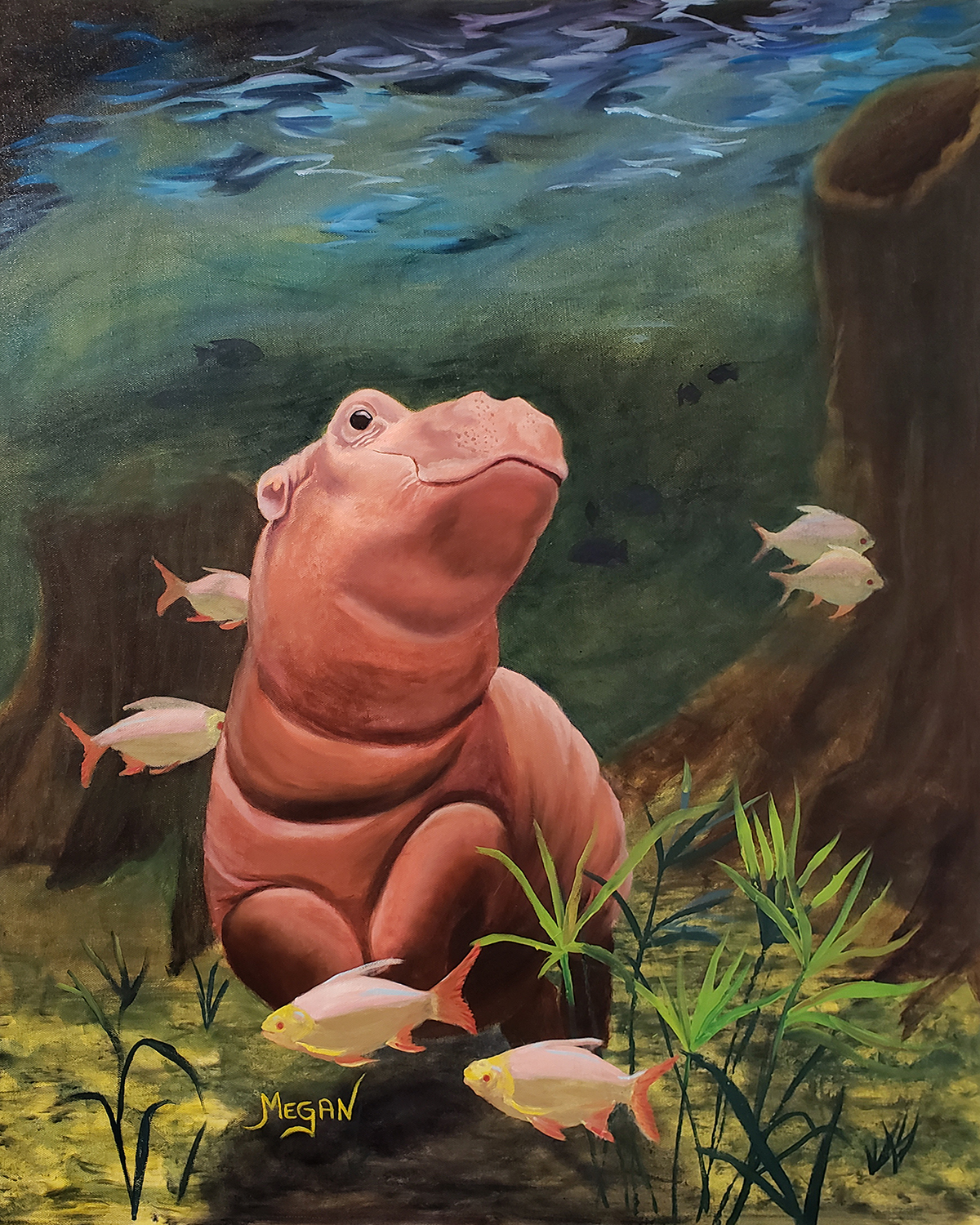
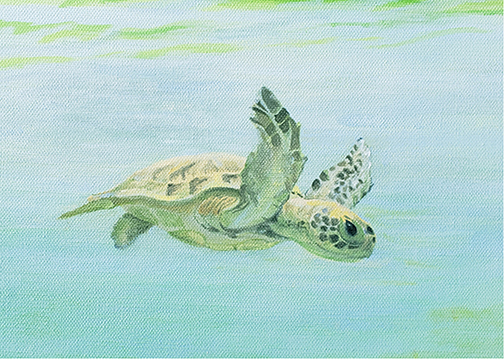
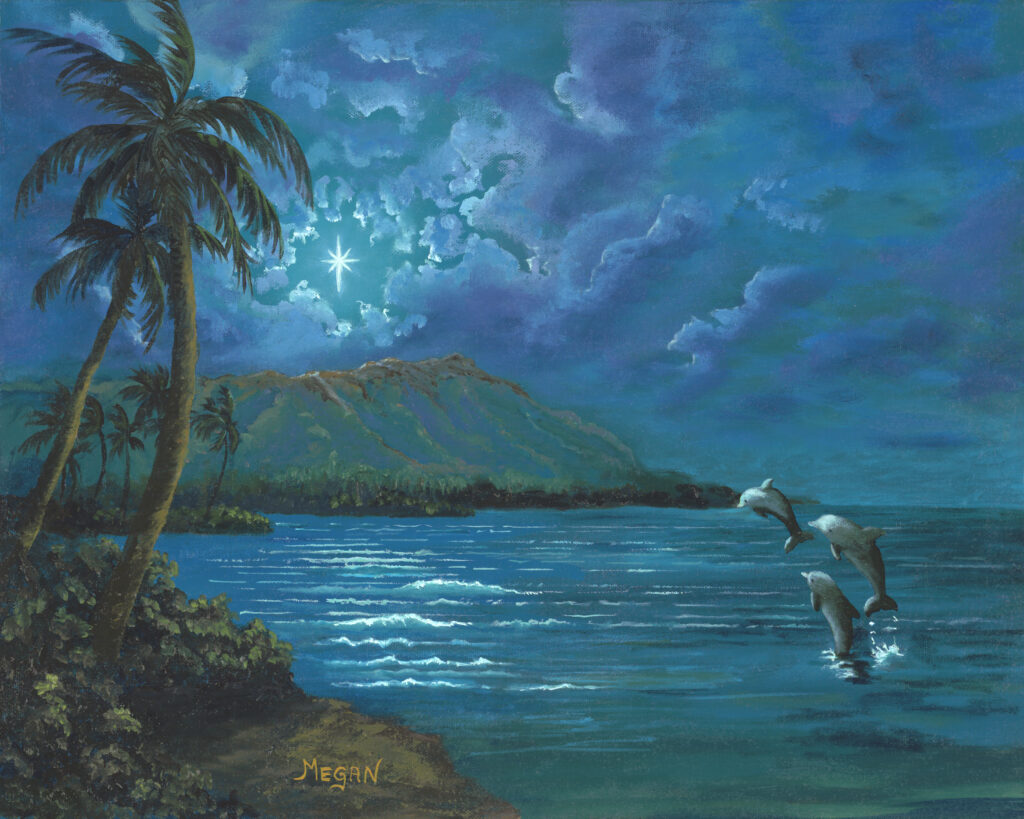
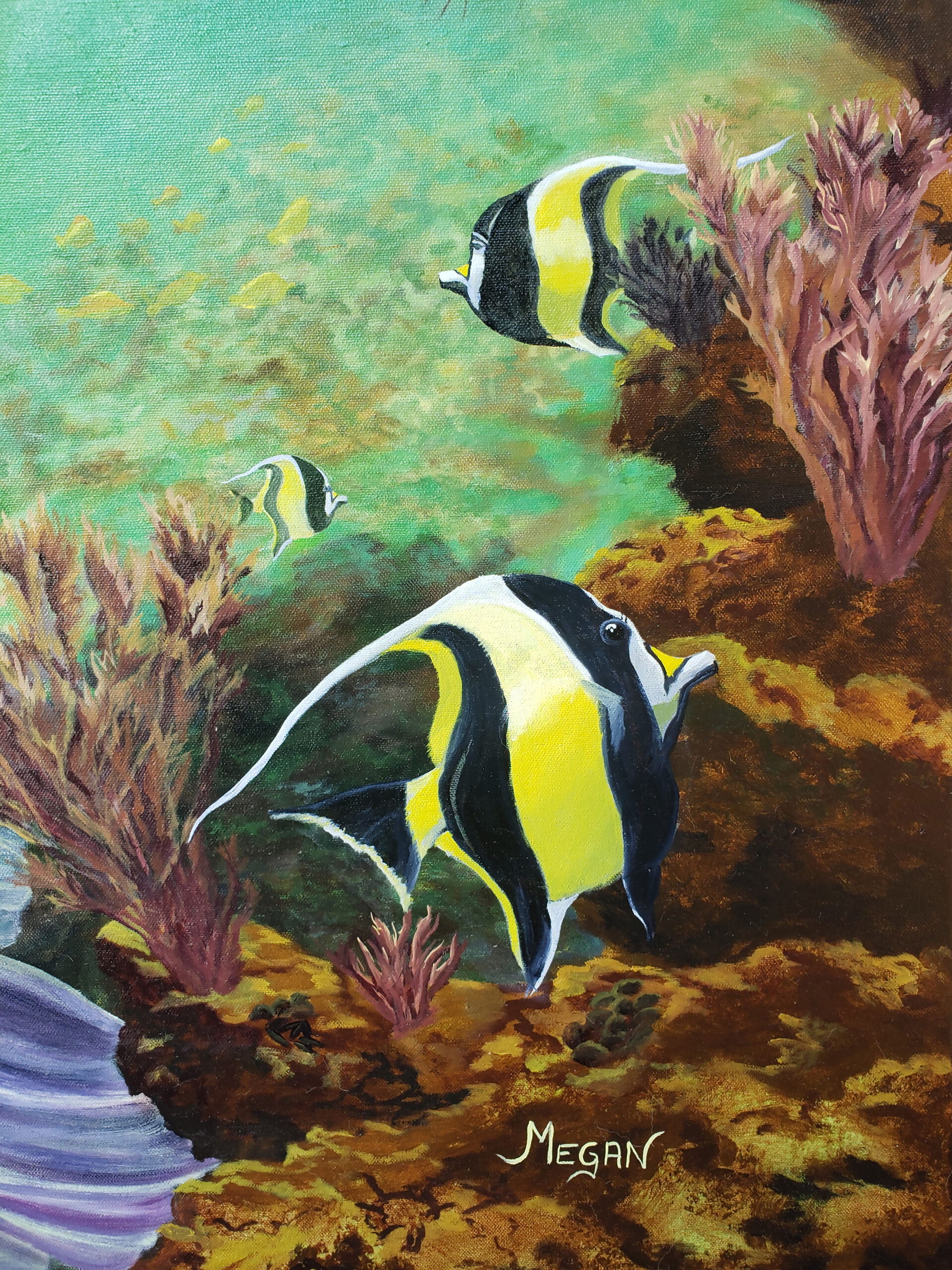
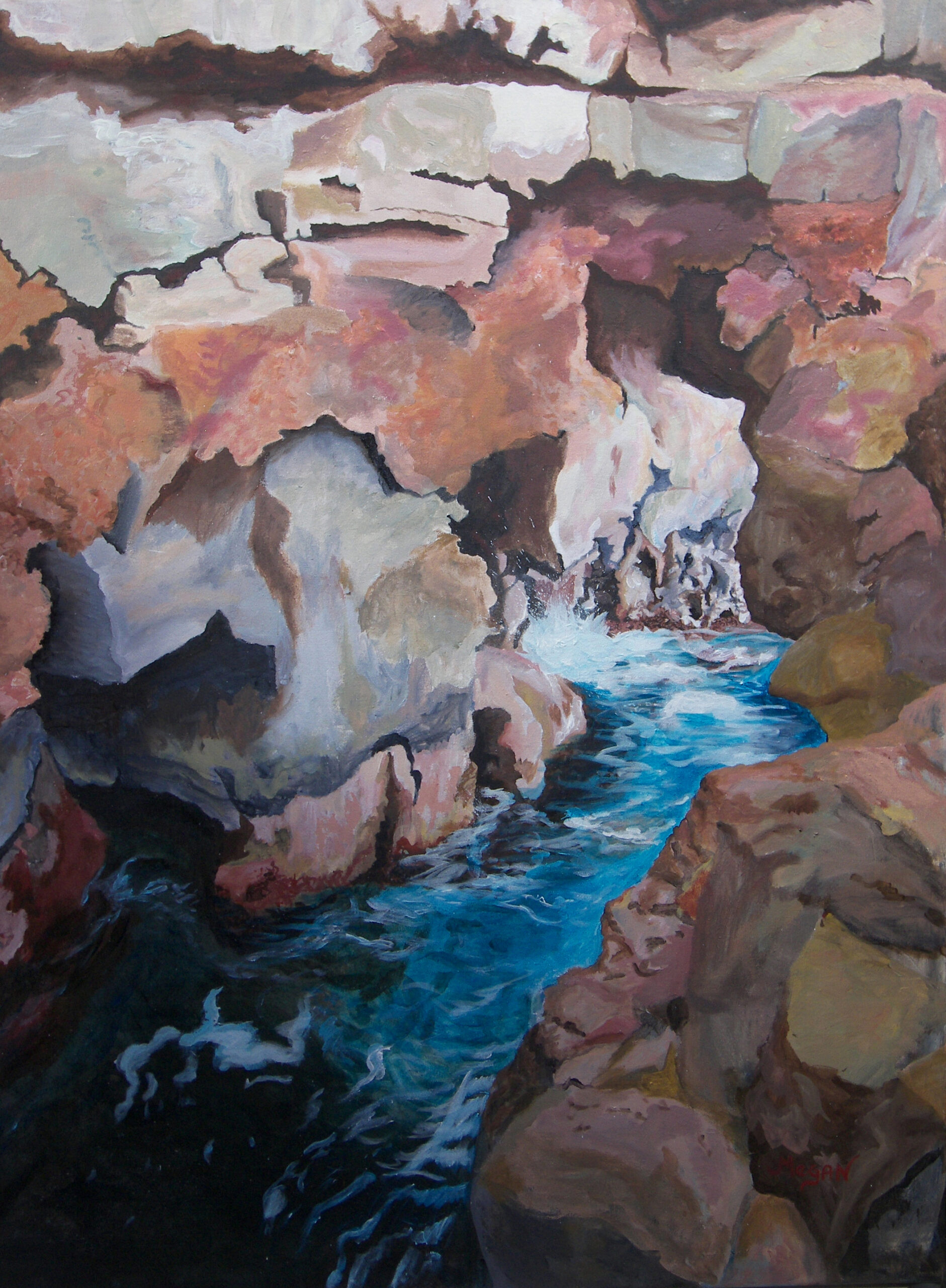
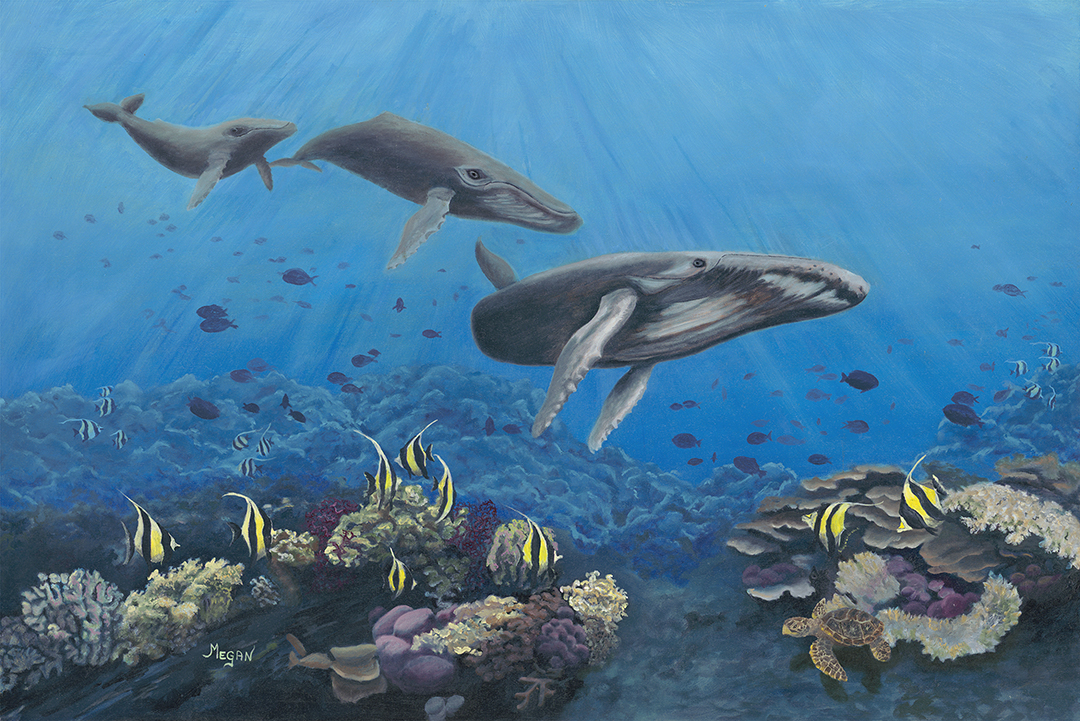
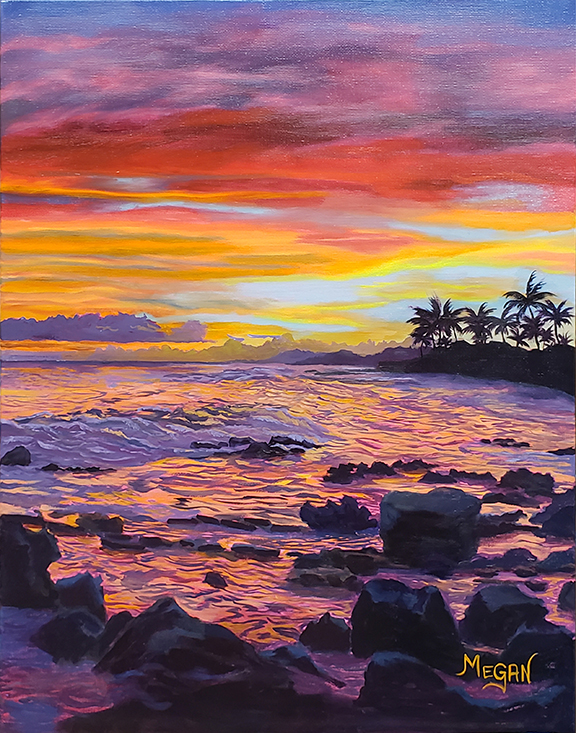
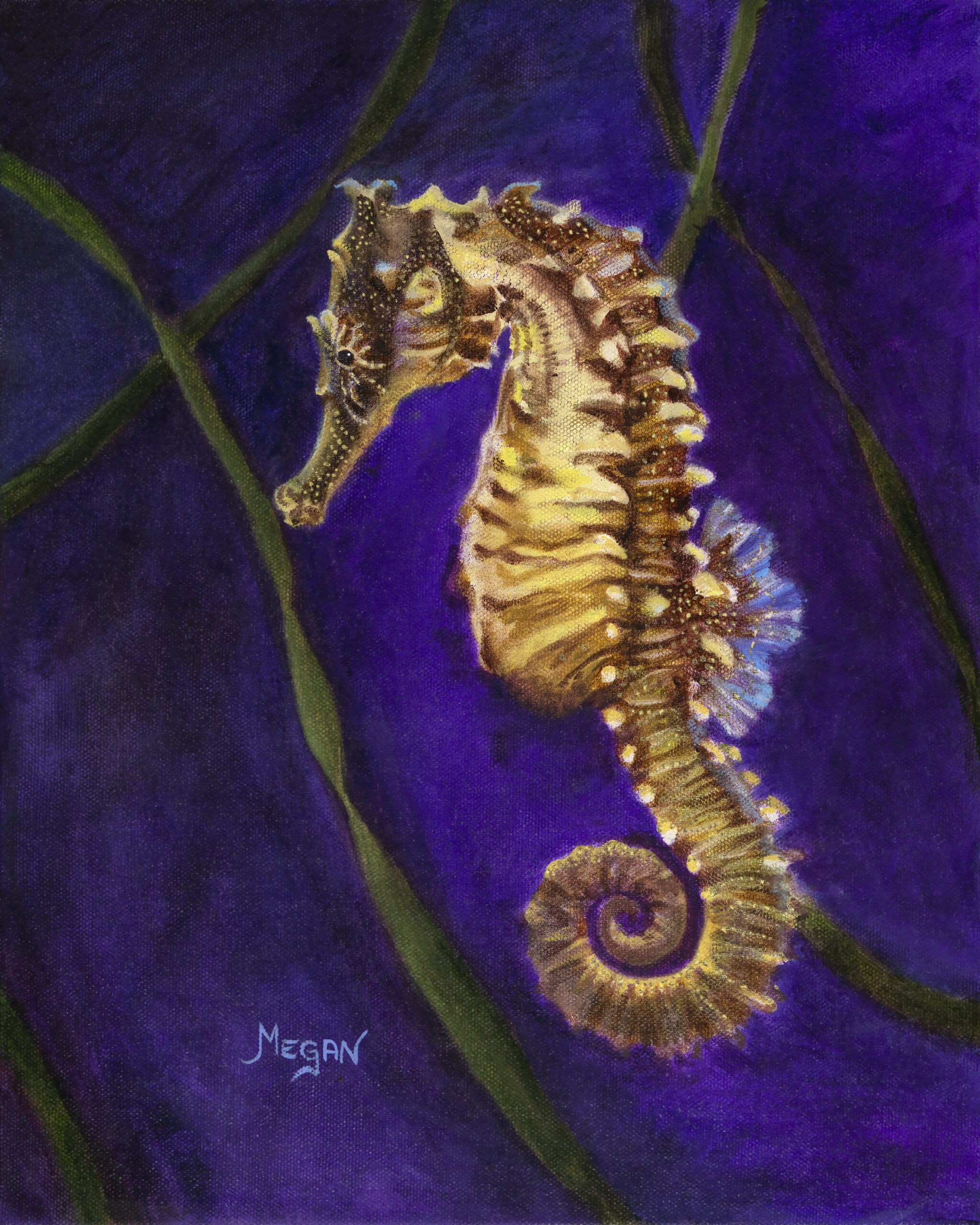
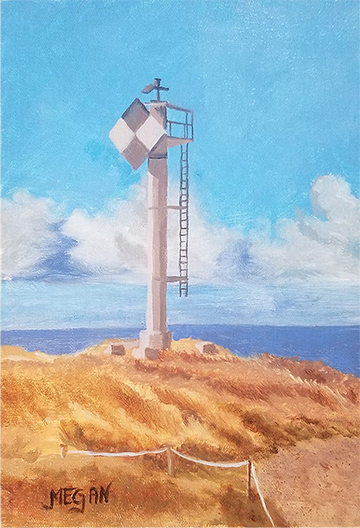
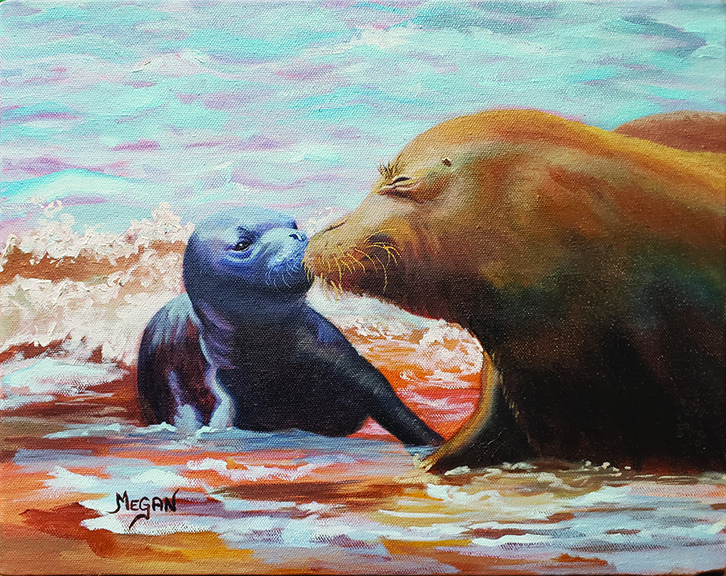
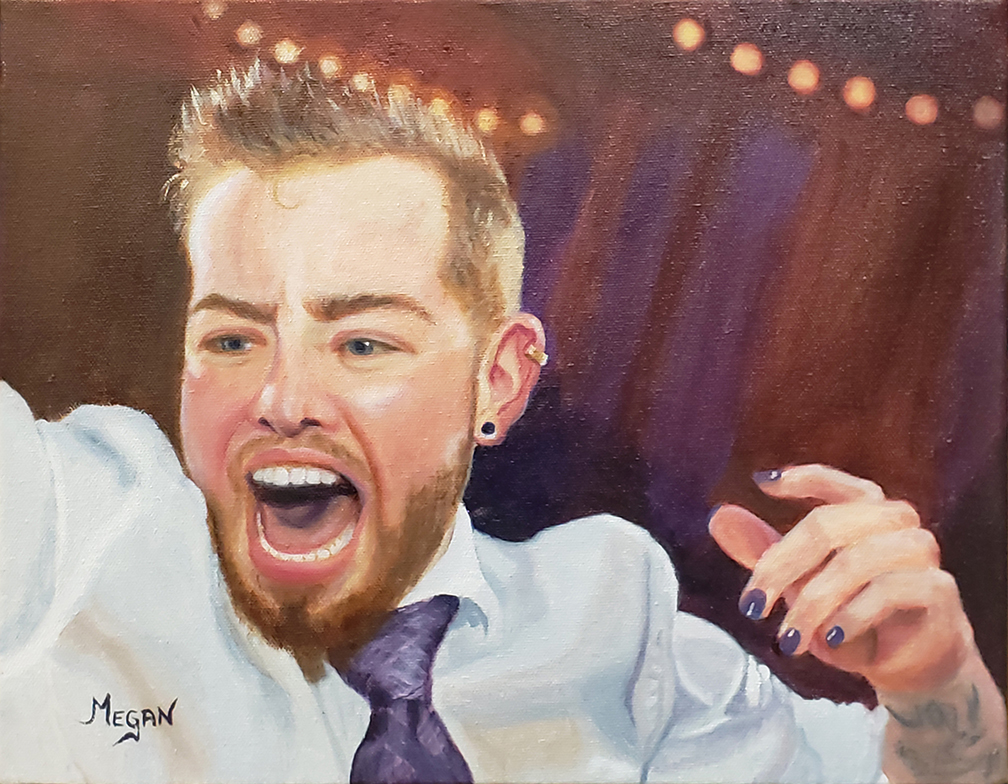
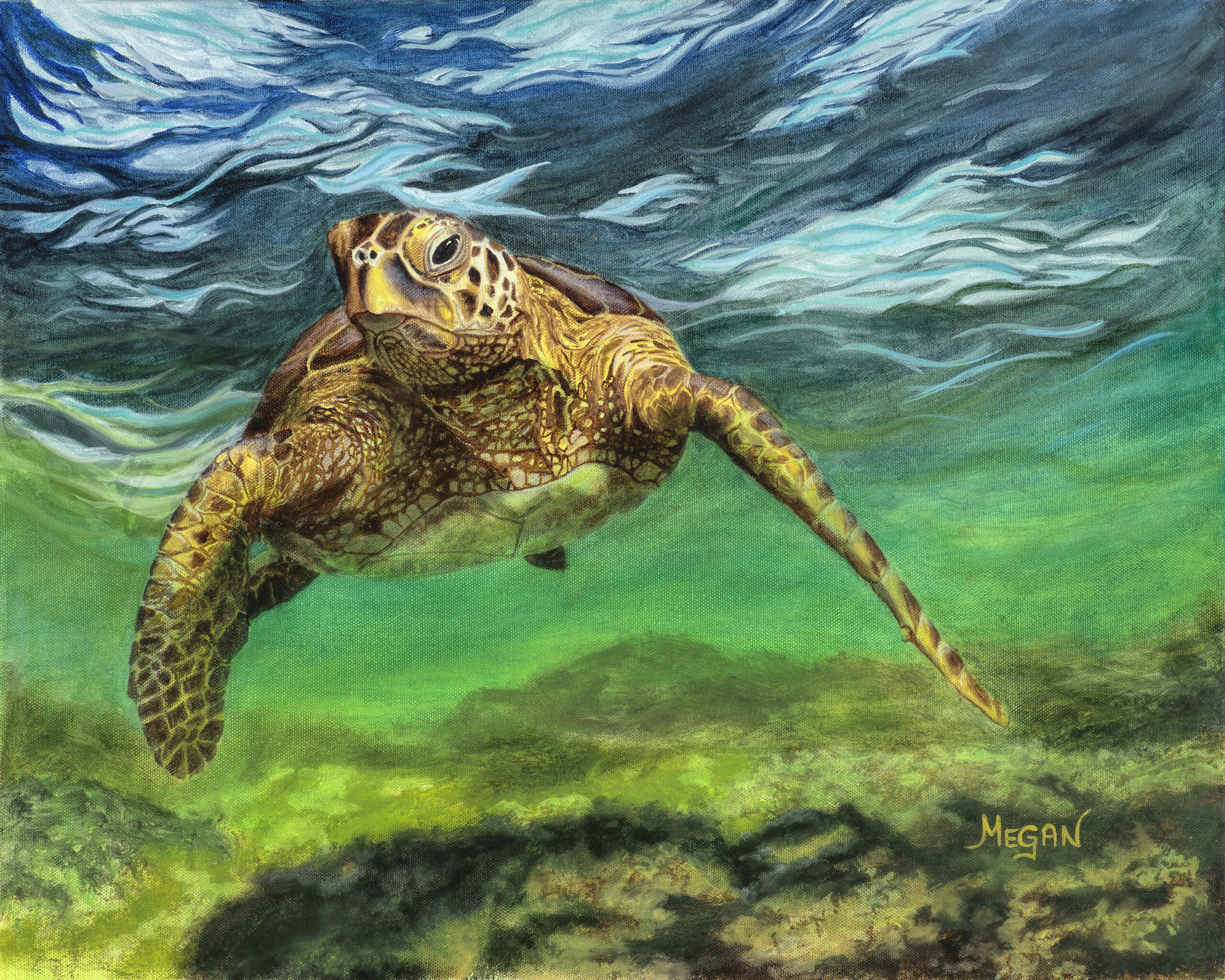
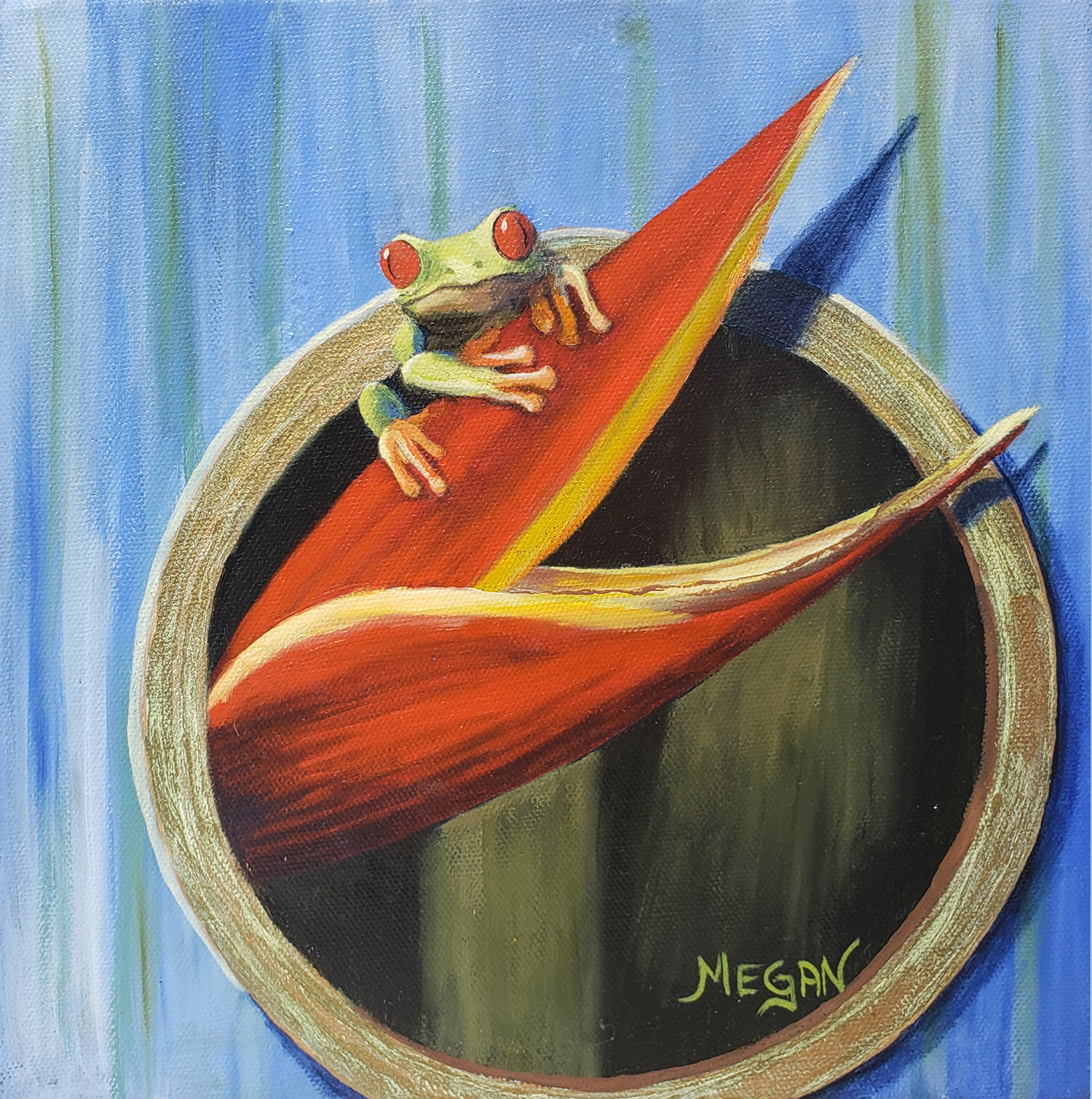
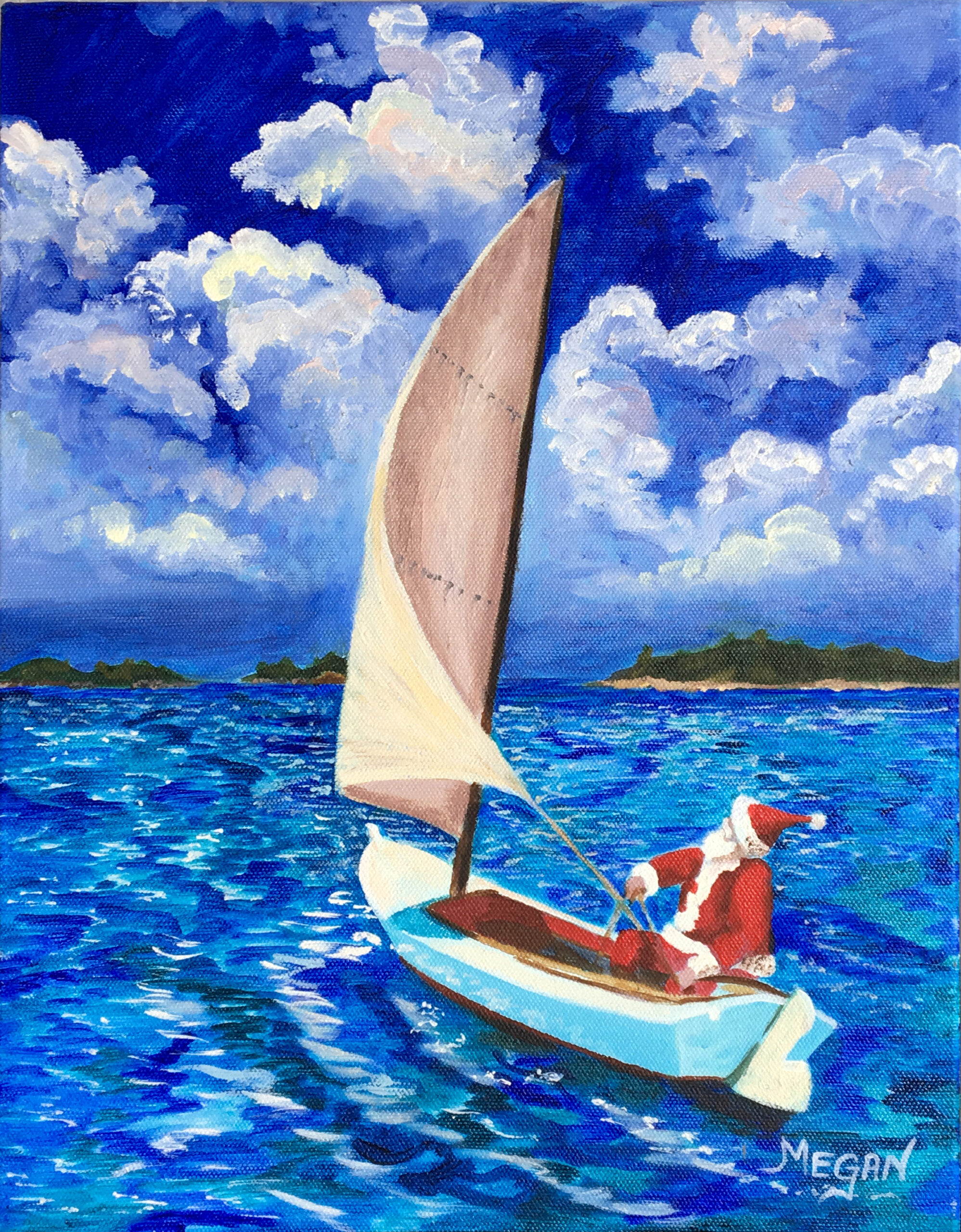

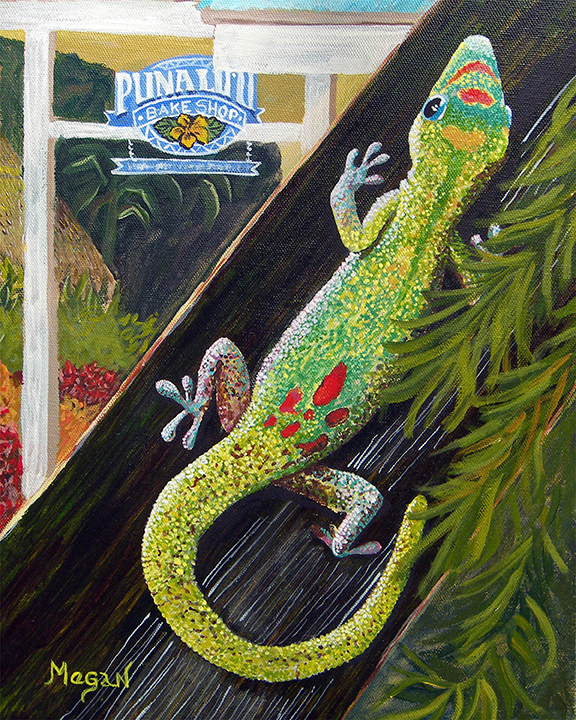
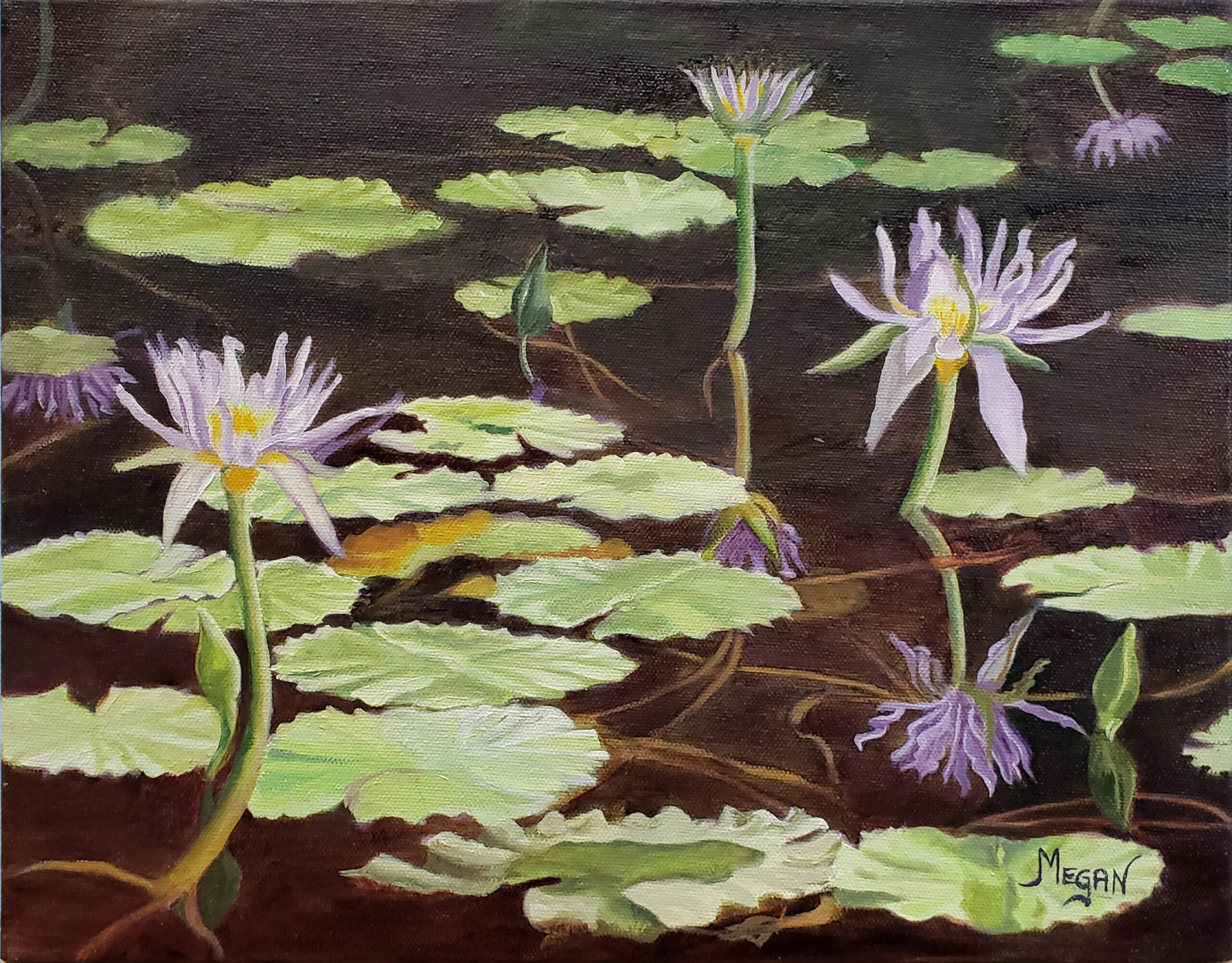
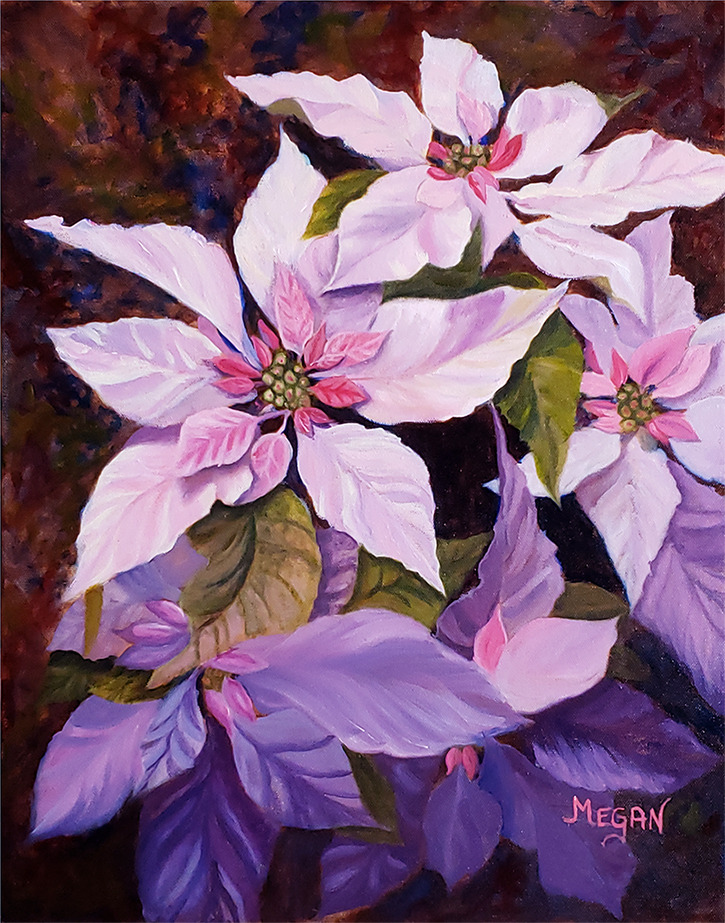
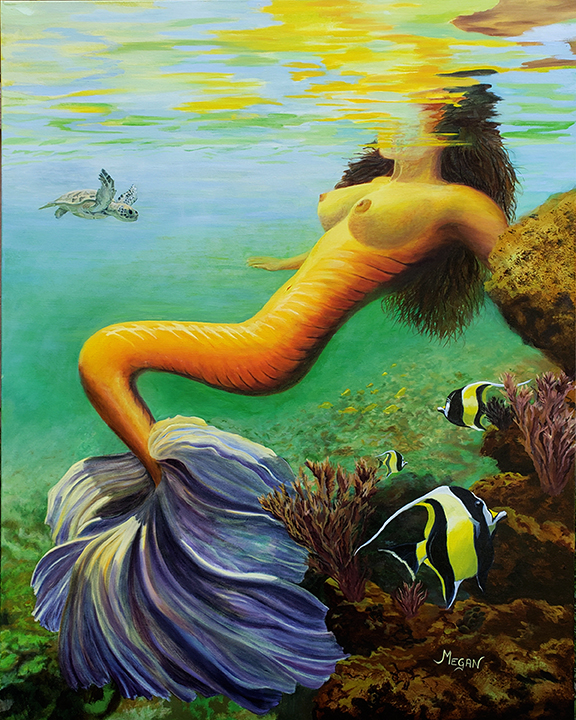
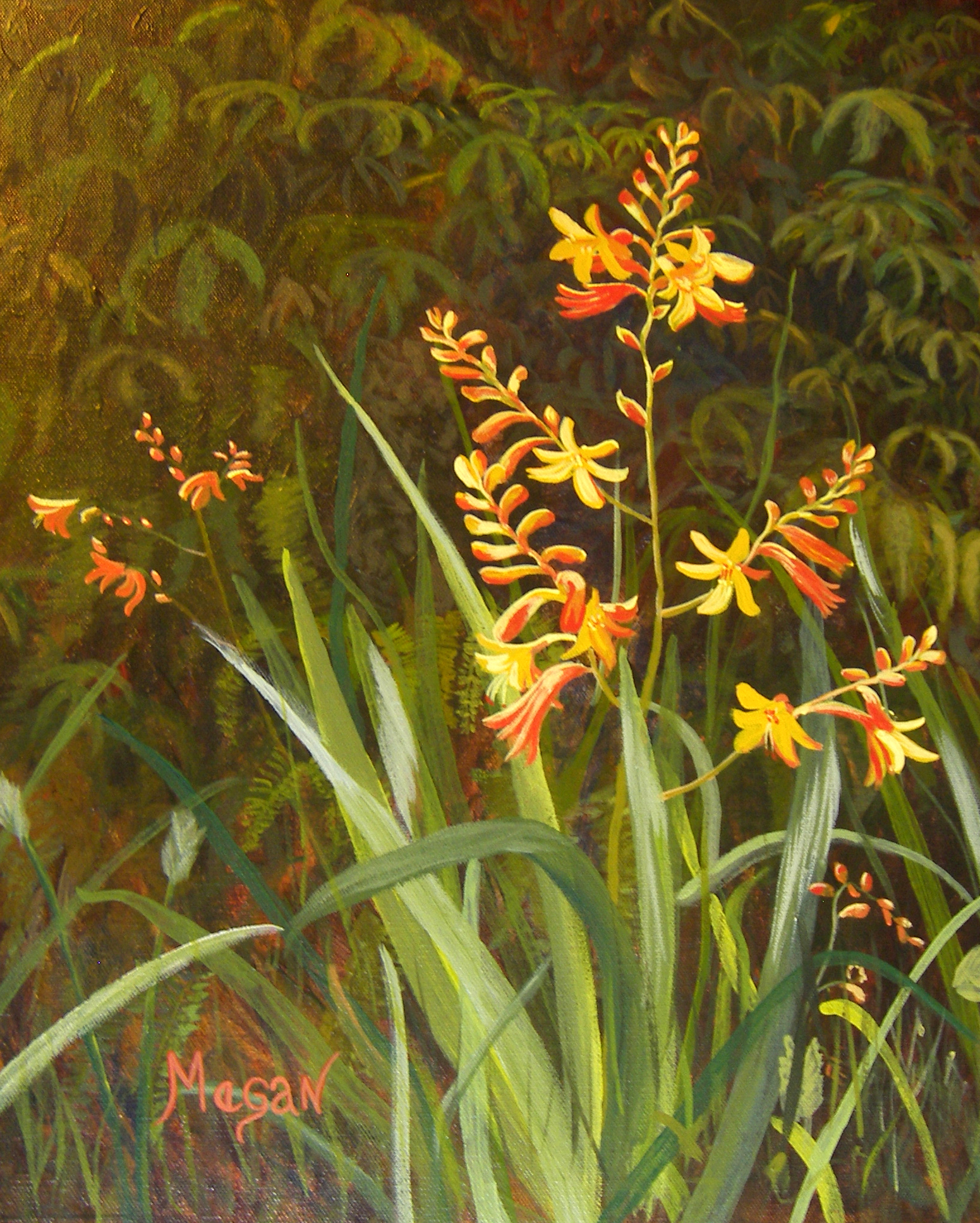
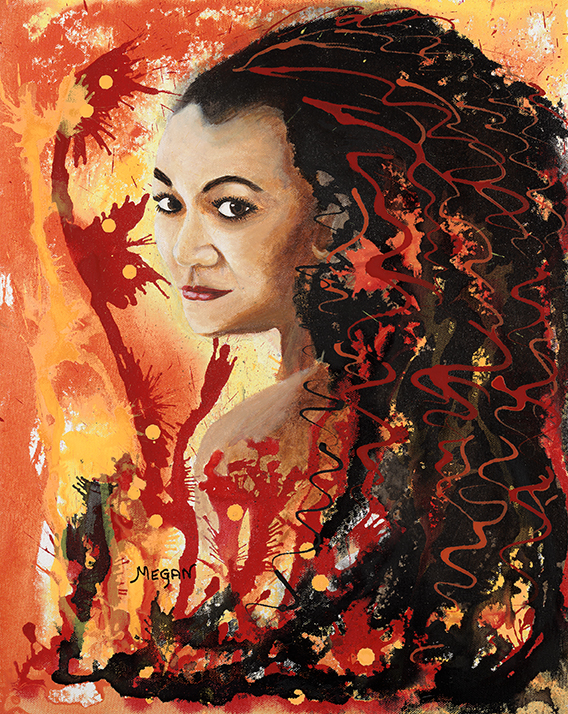

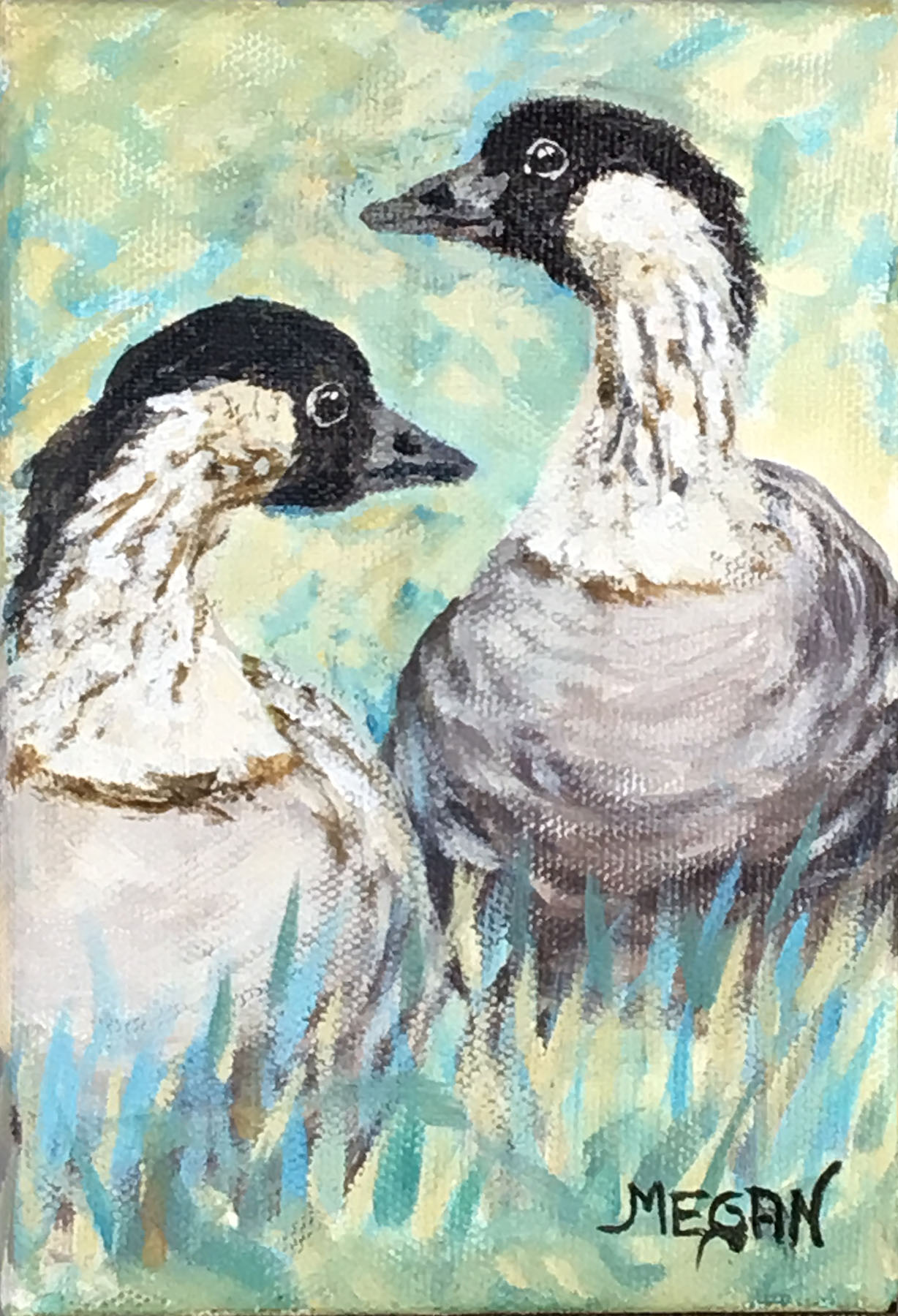
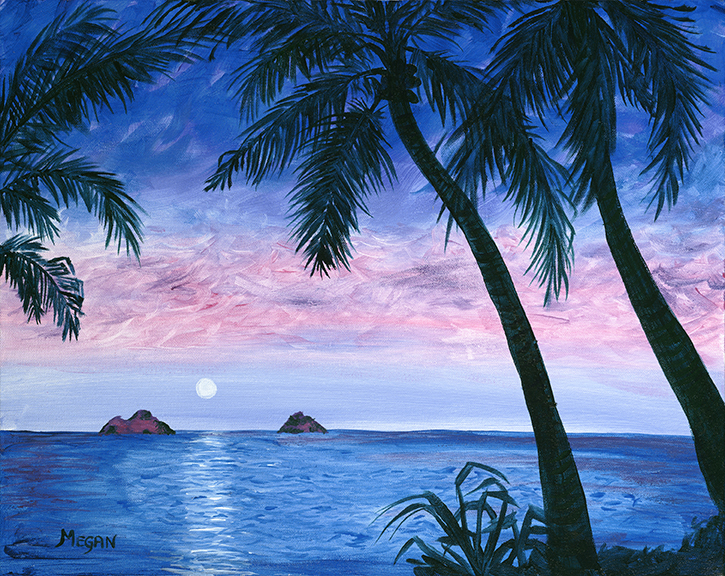

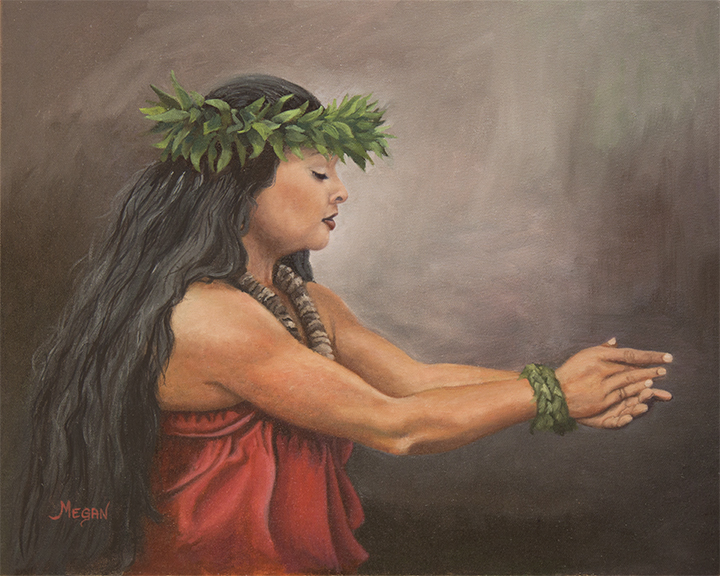


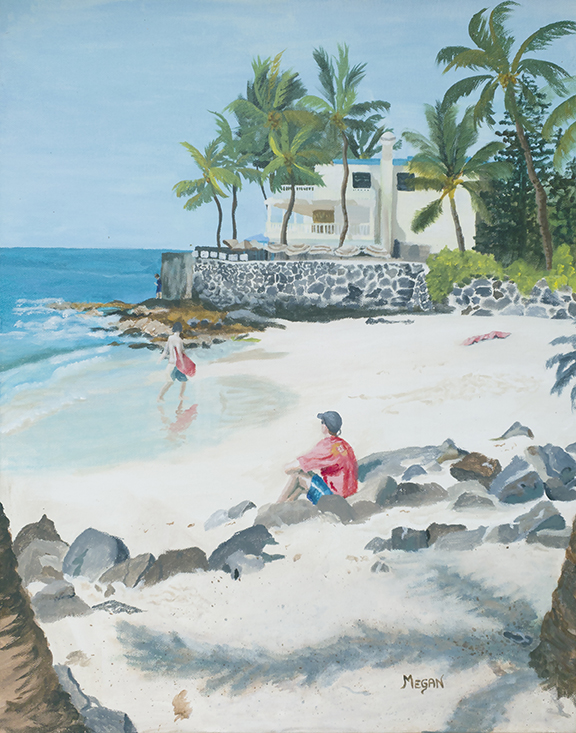
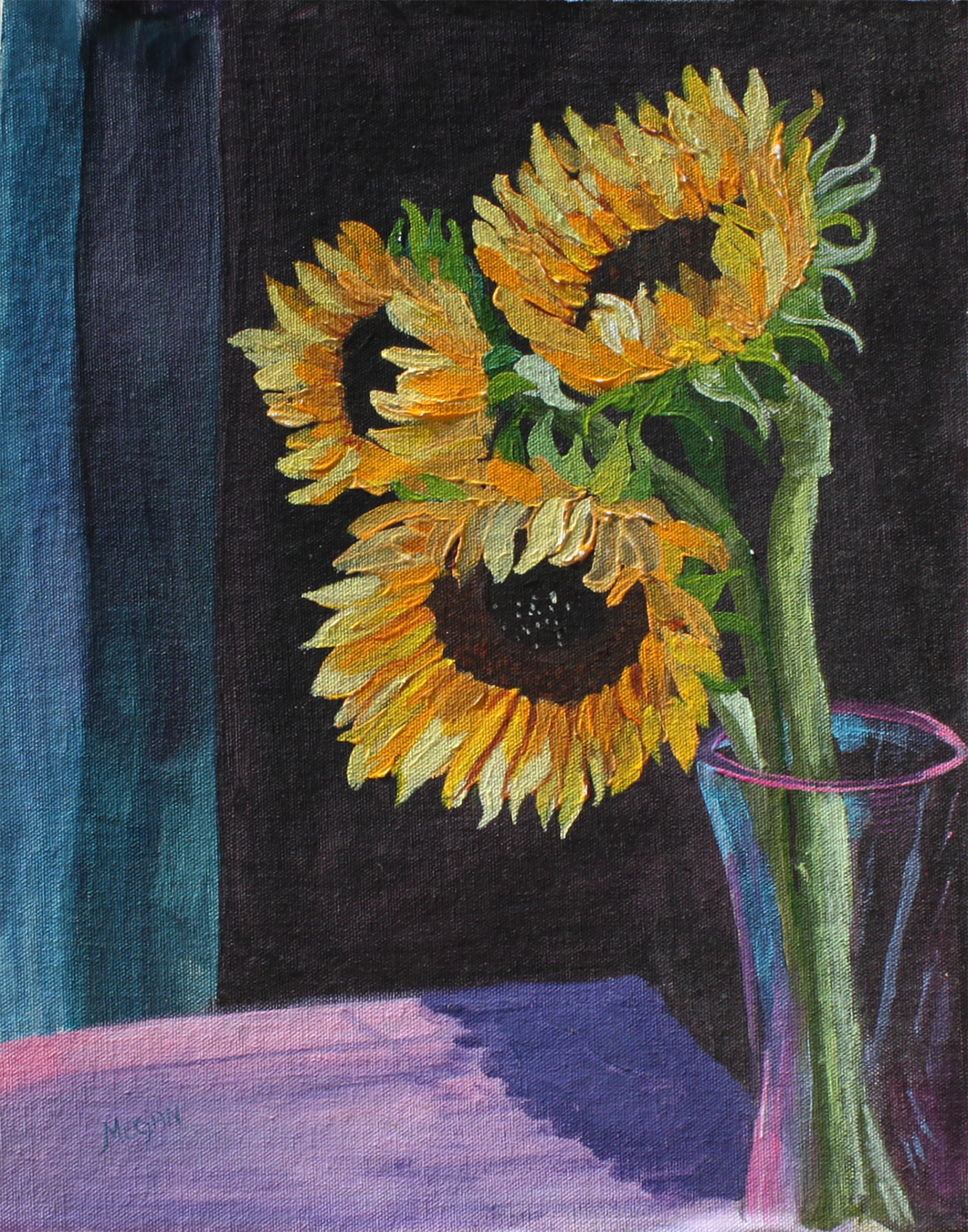

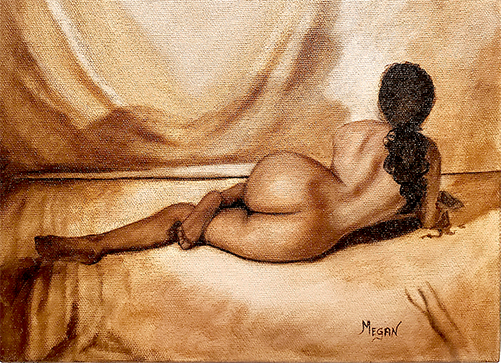
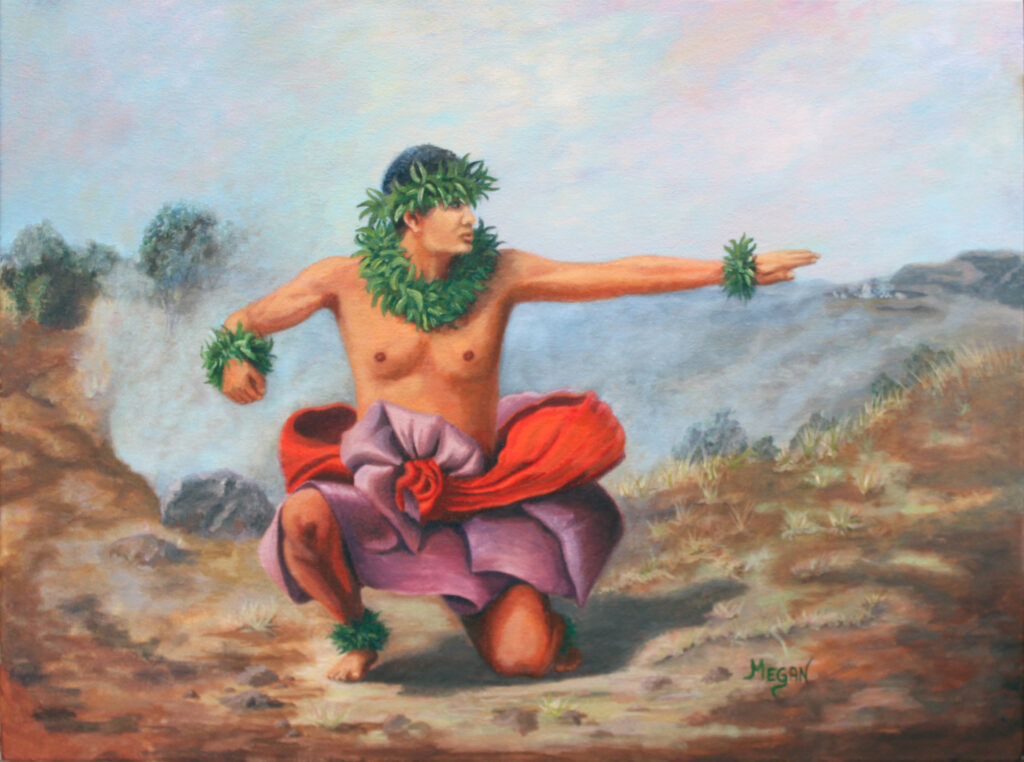
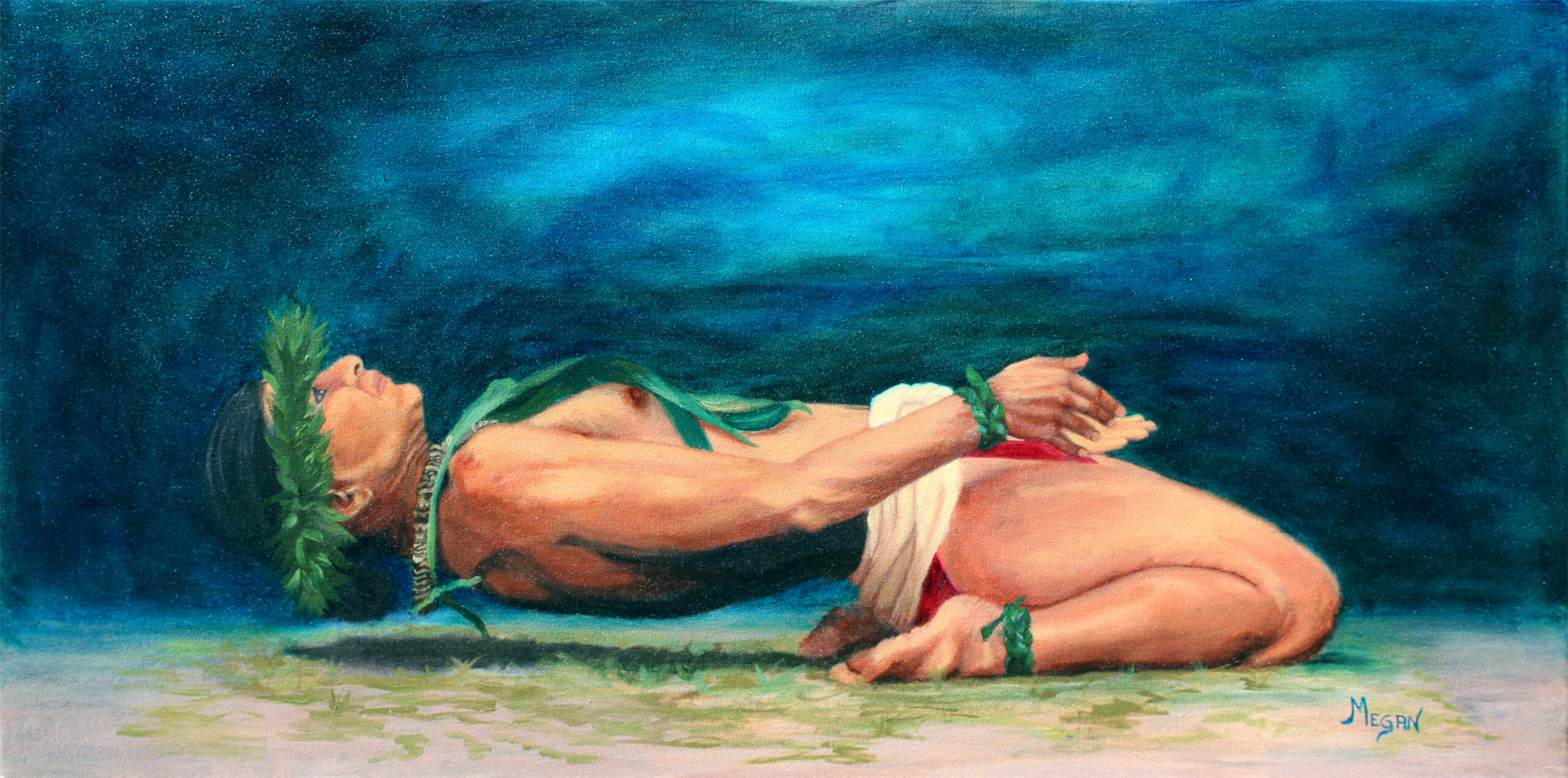
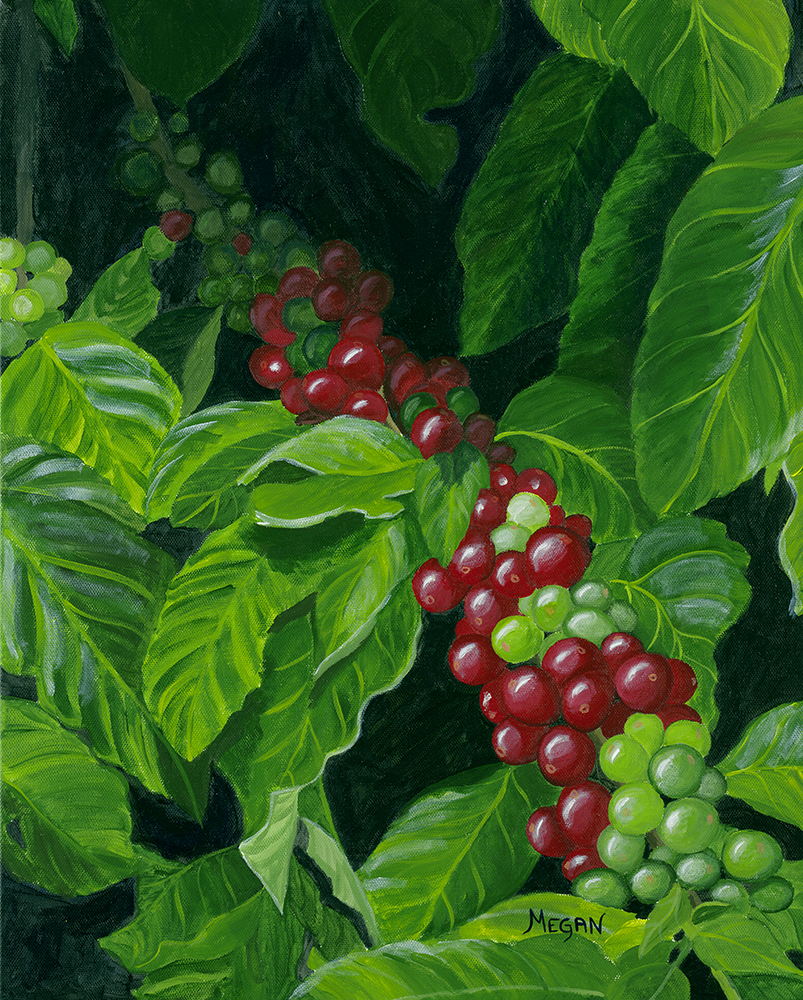
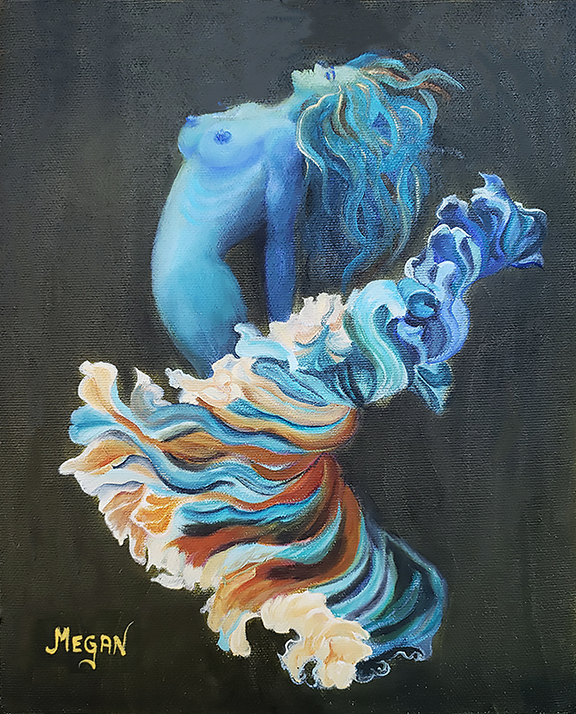
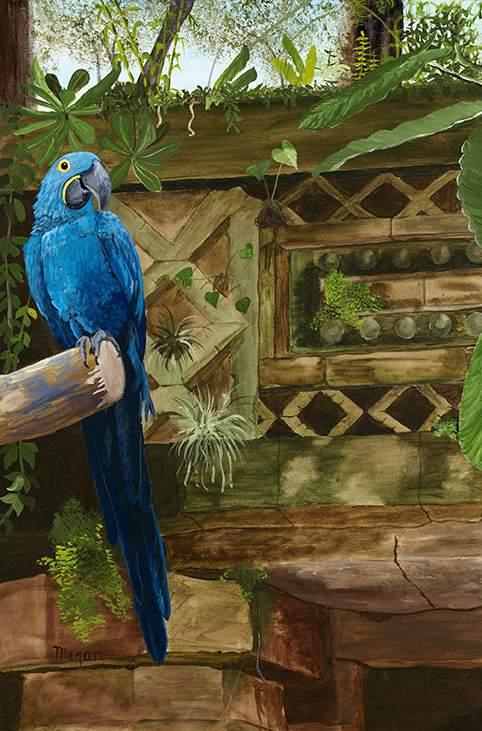
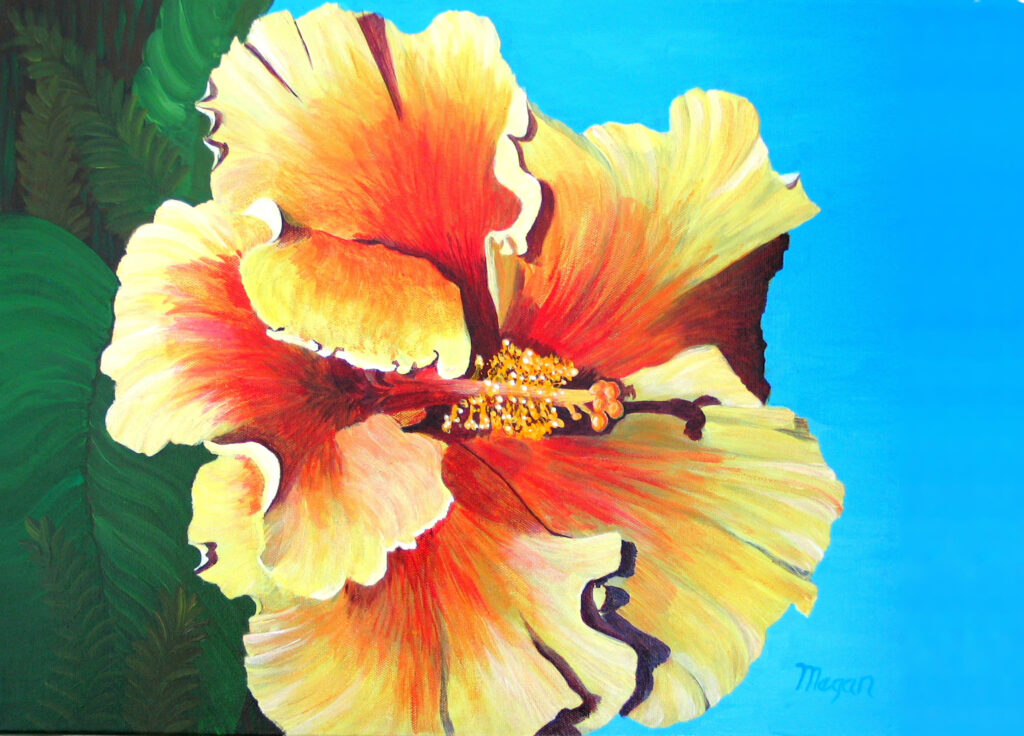
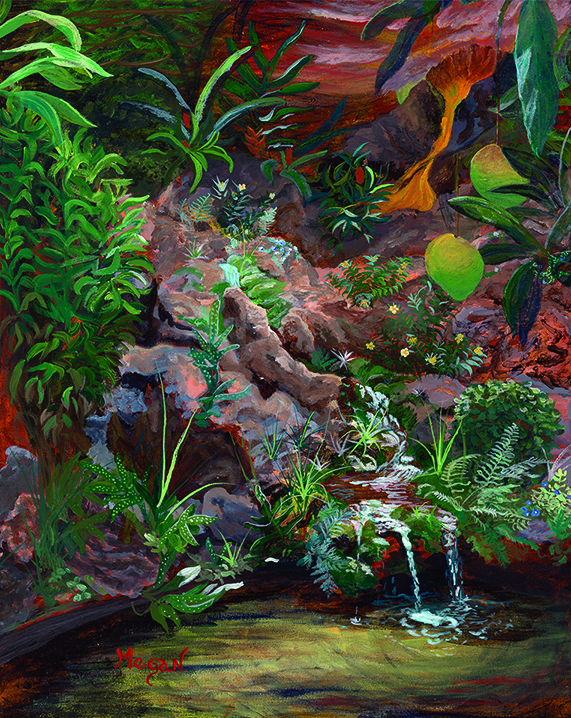
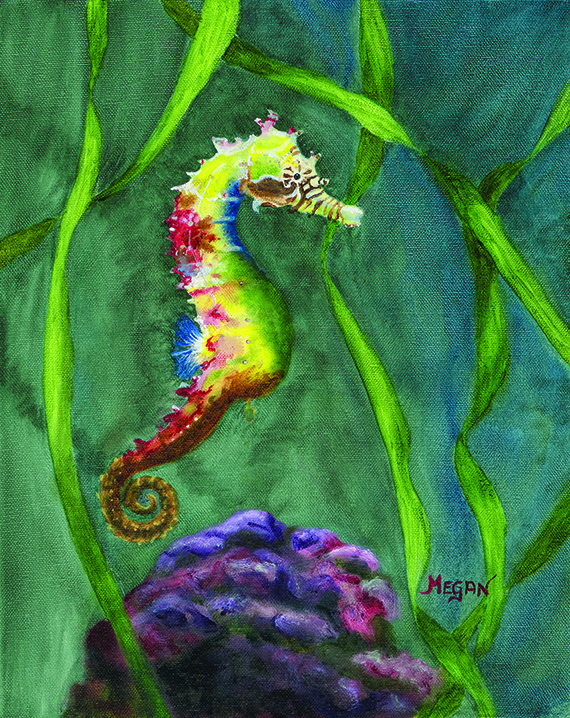
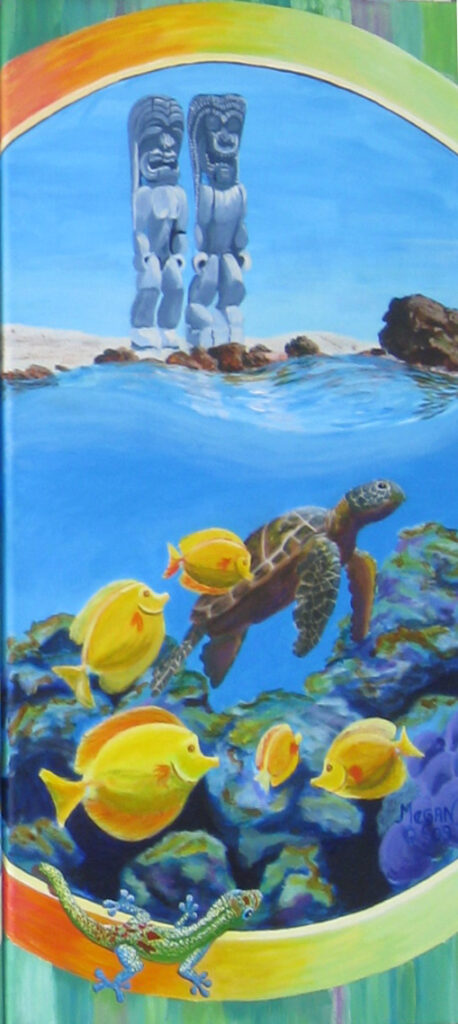
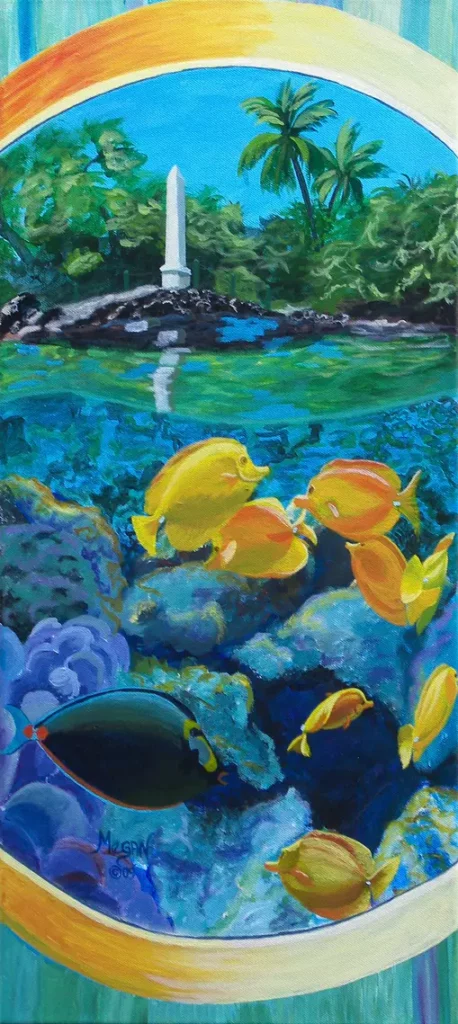
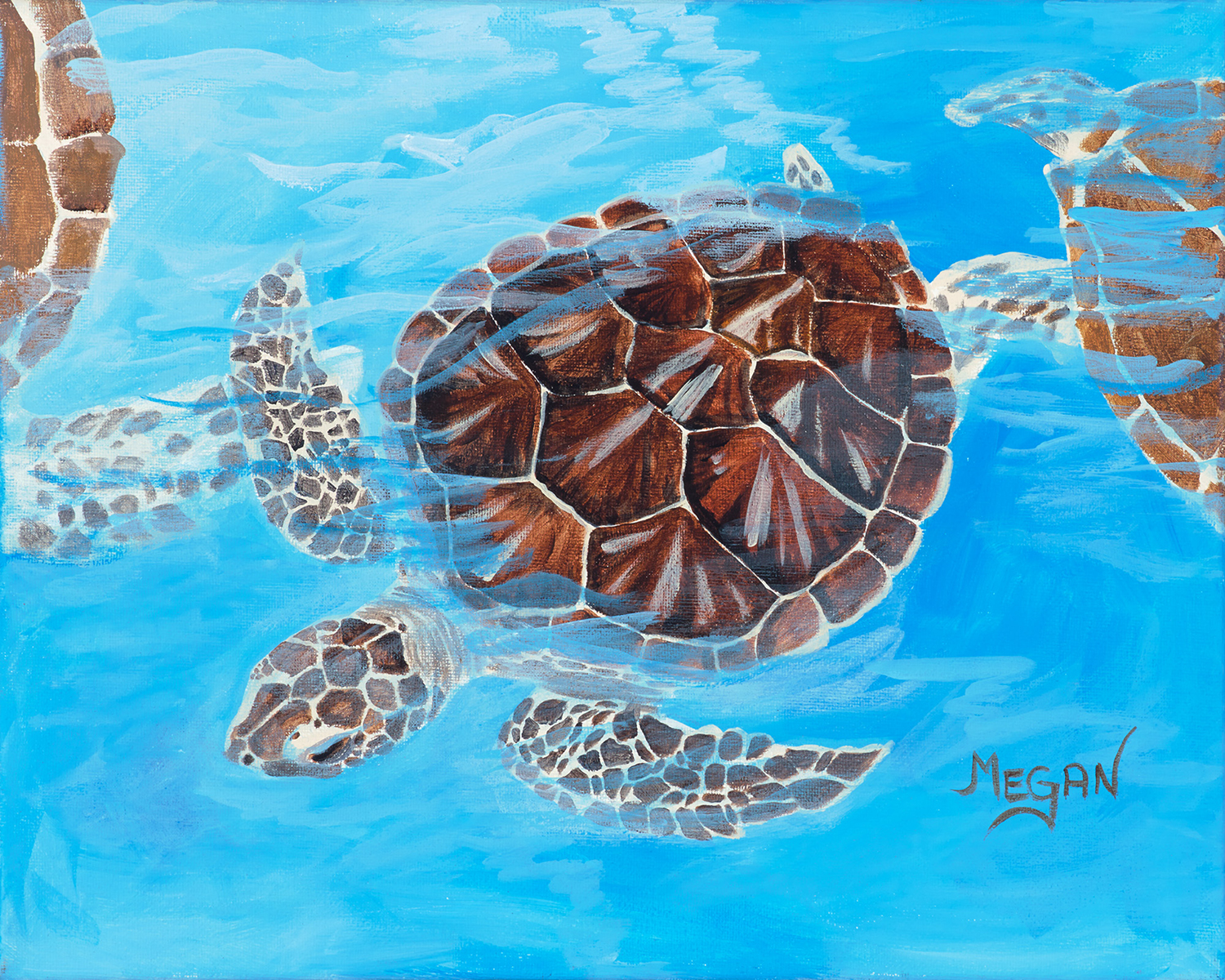
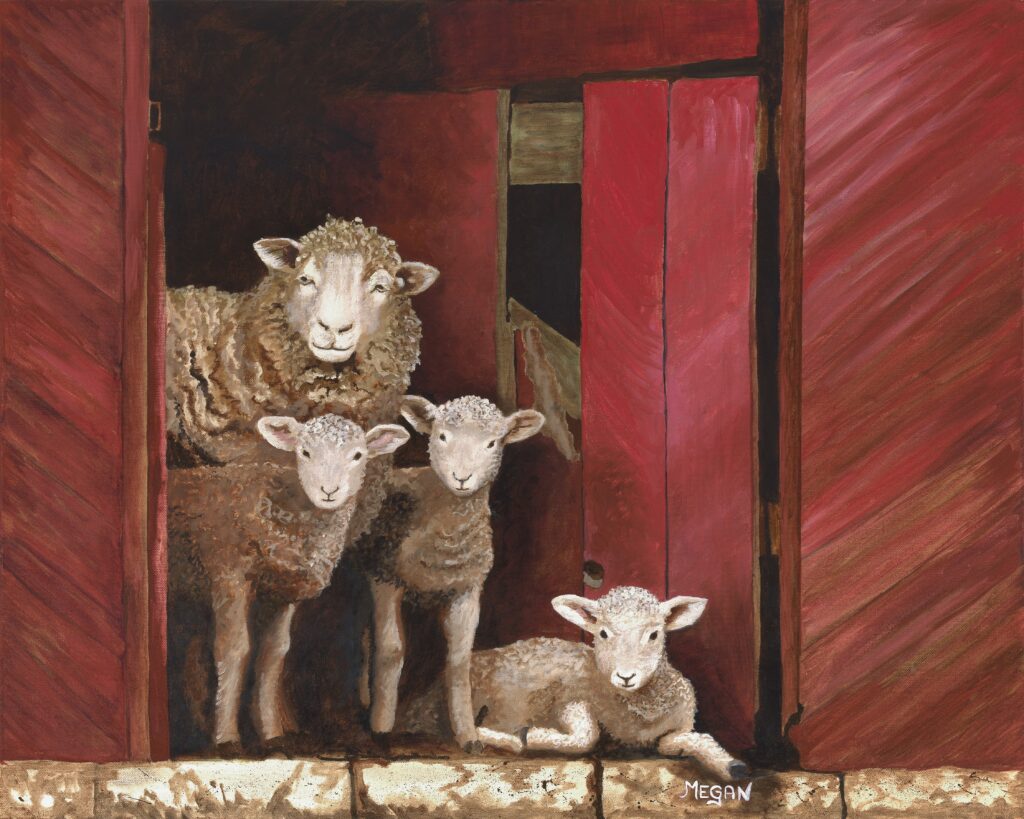



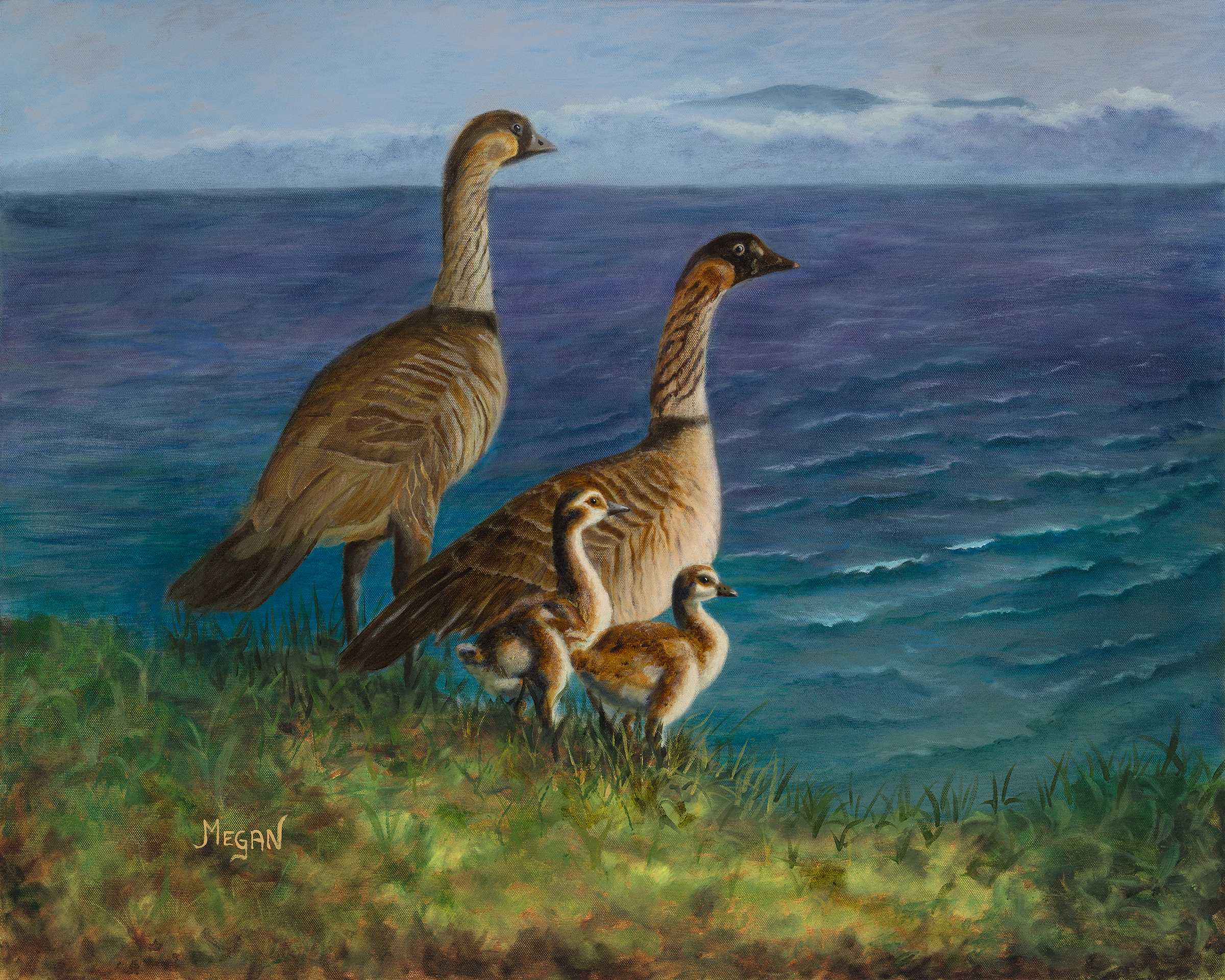
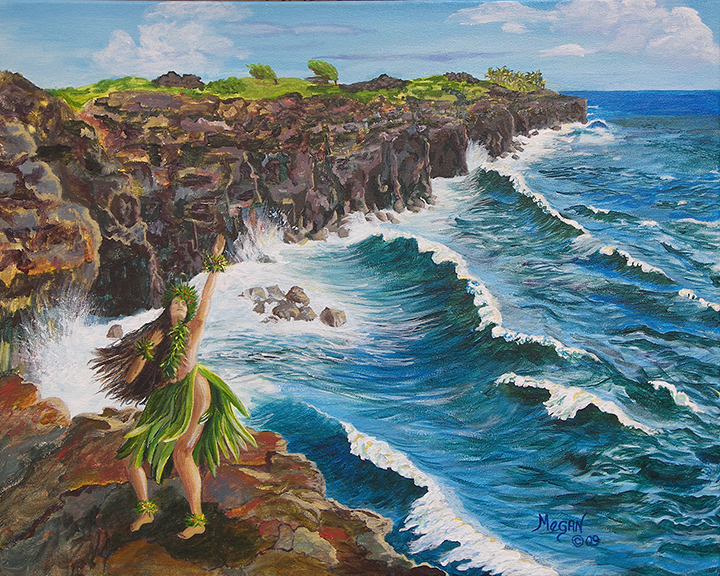
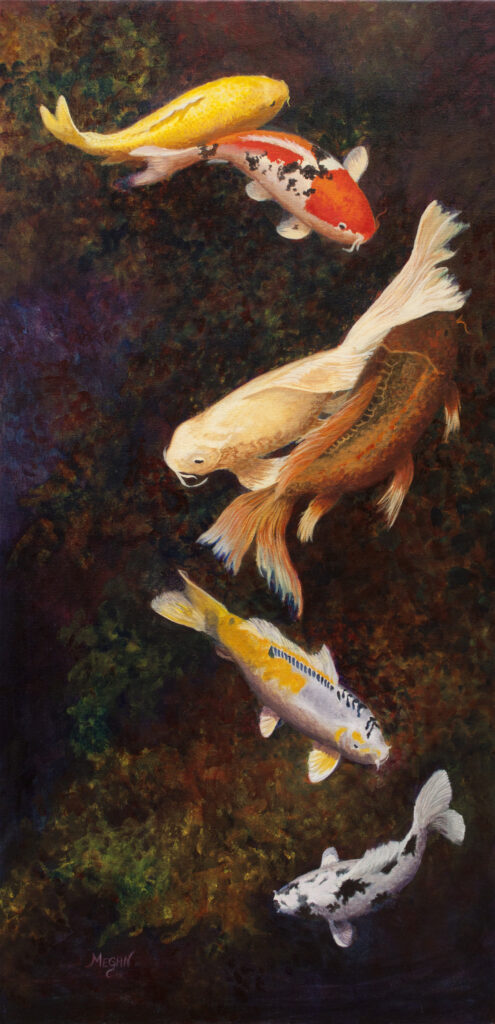
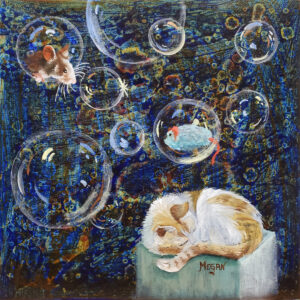
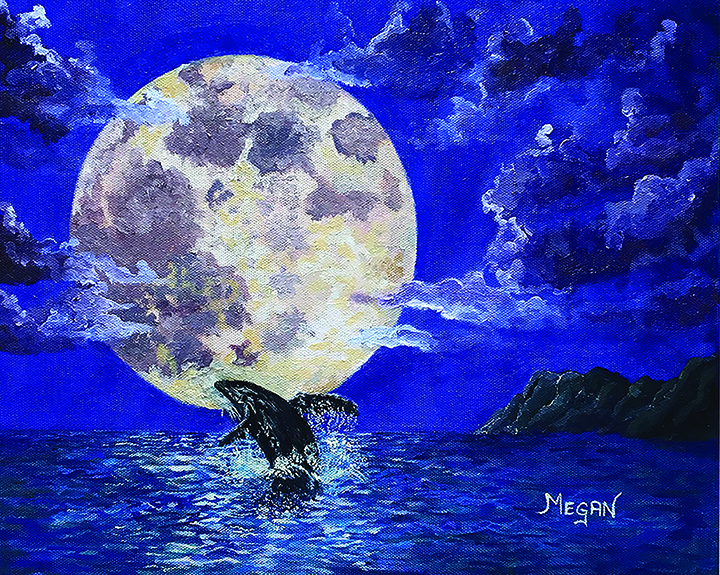
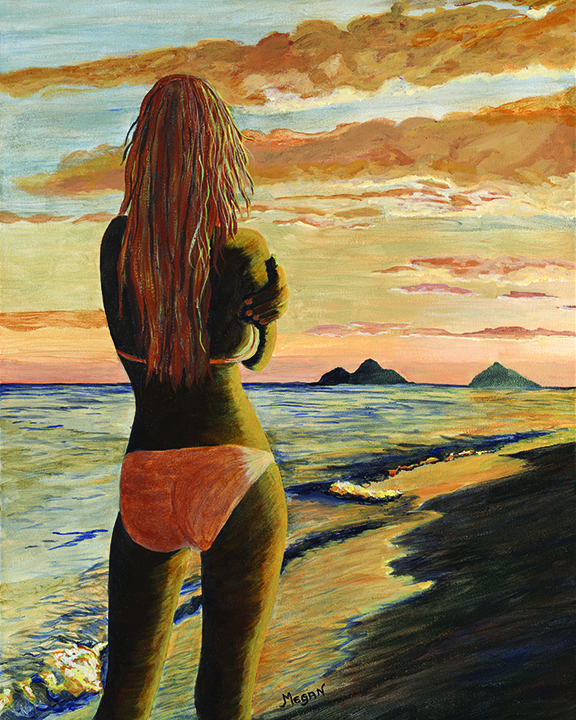
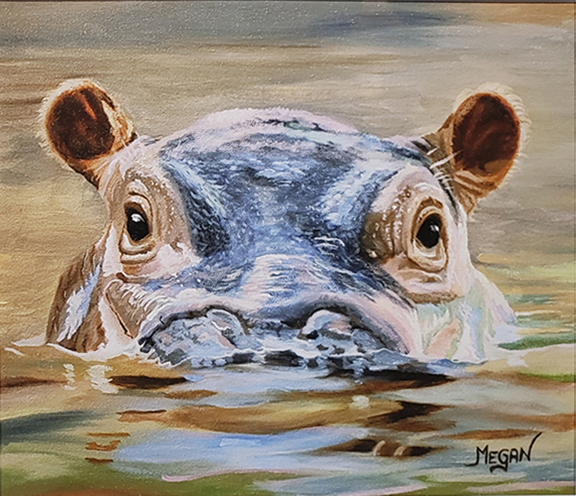

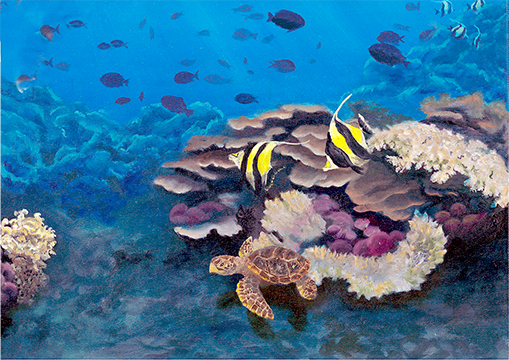
Leave a Reply